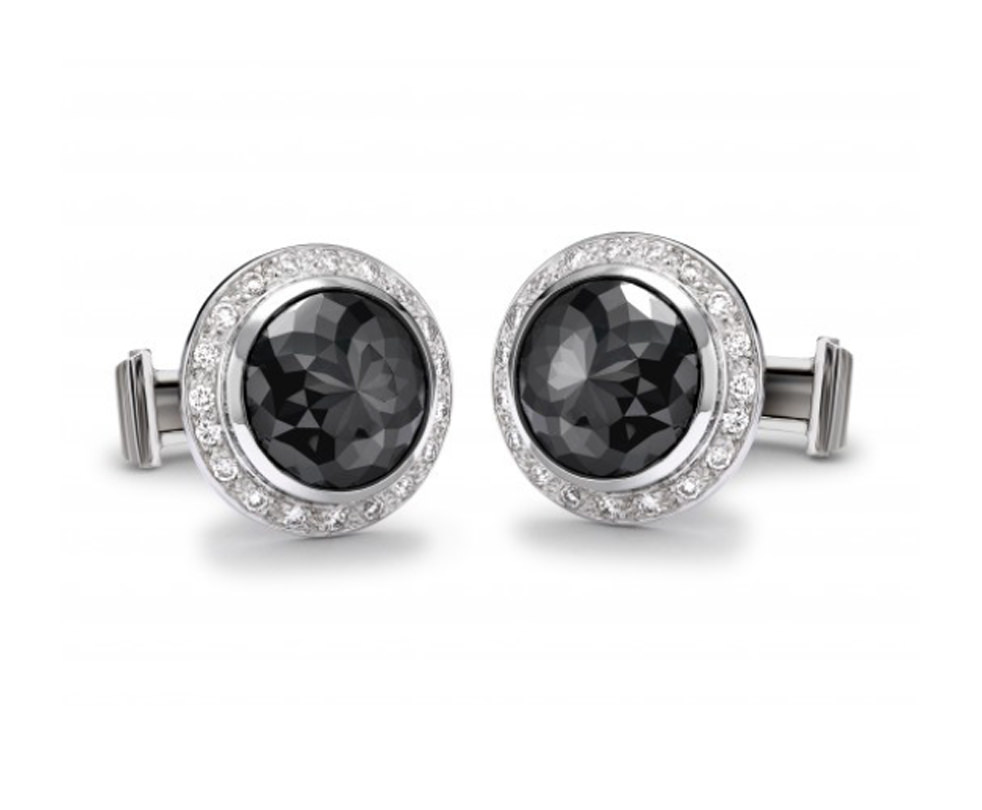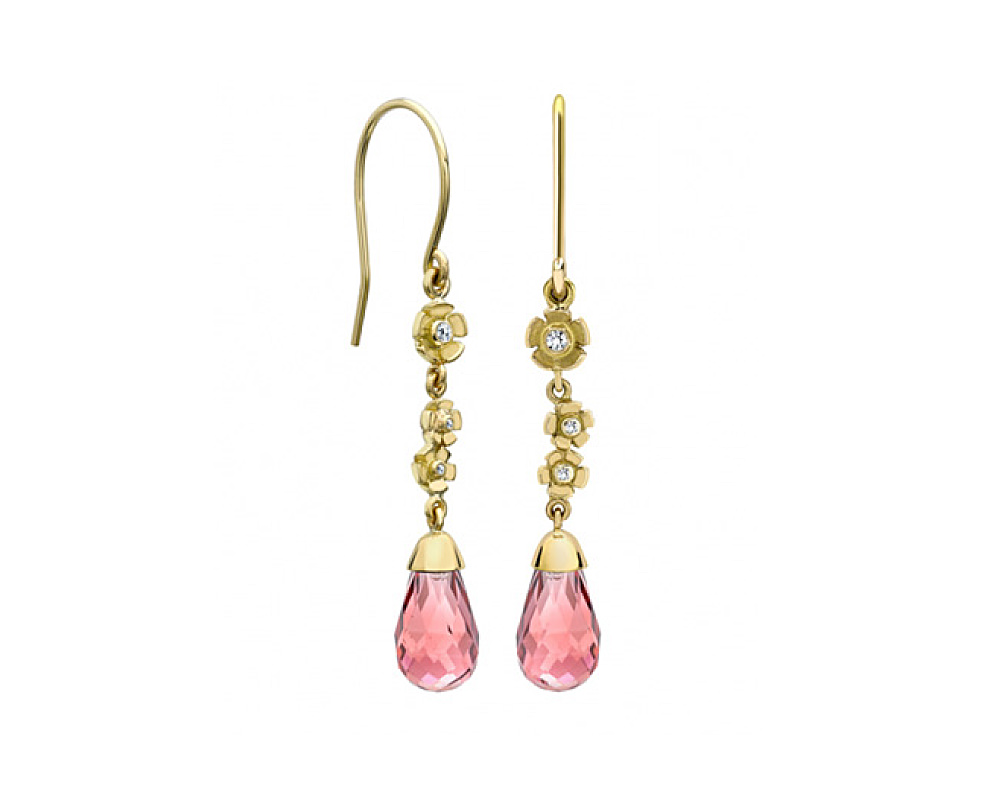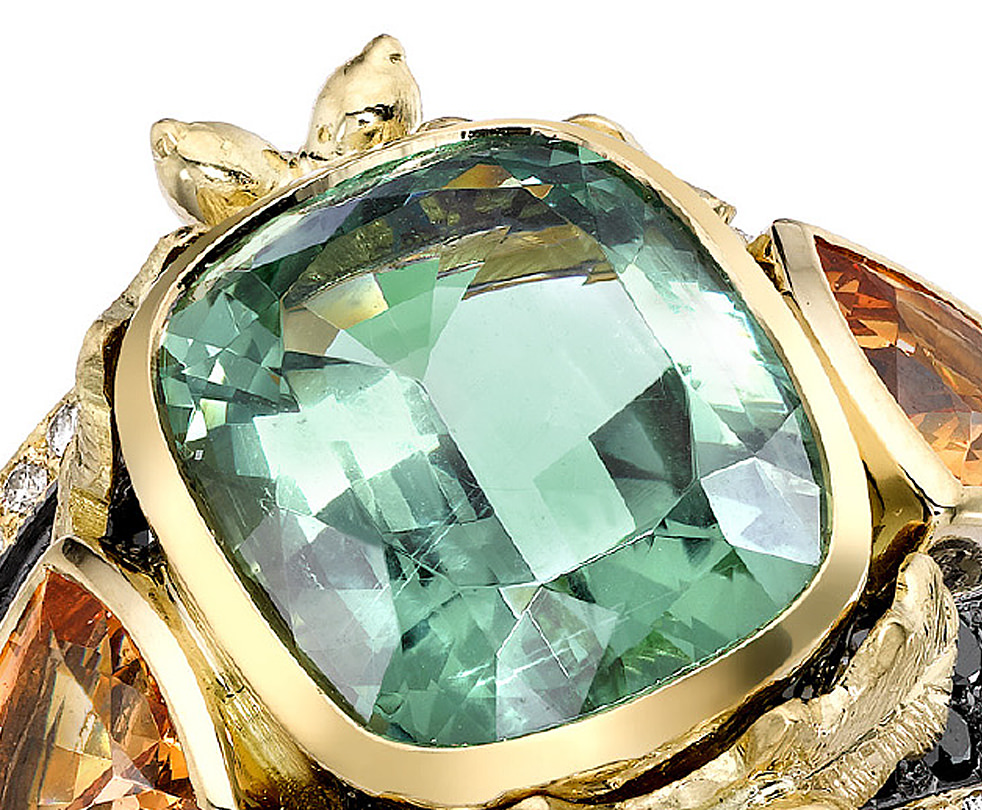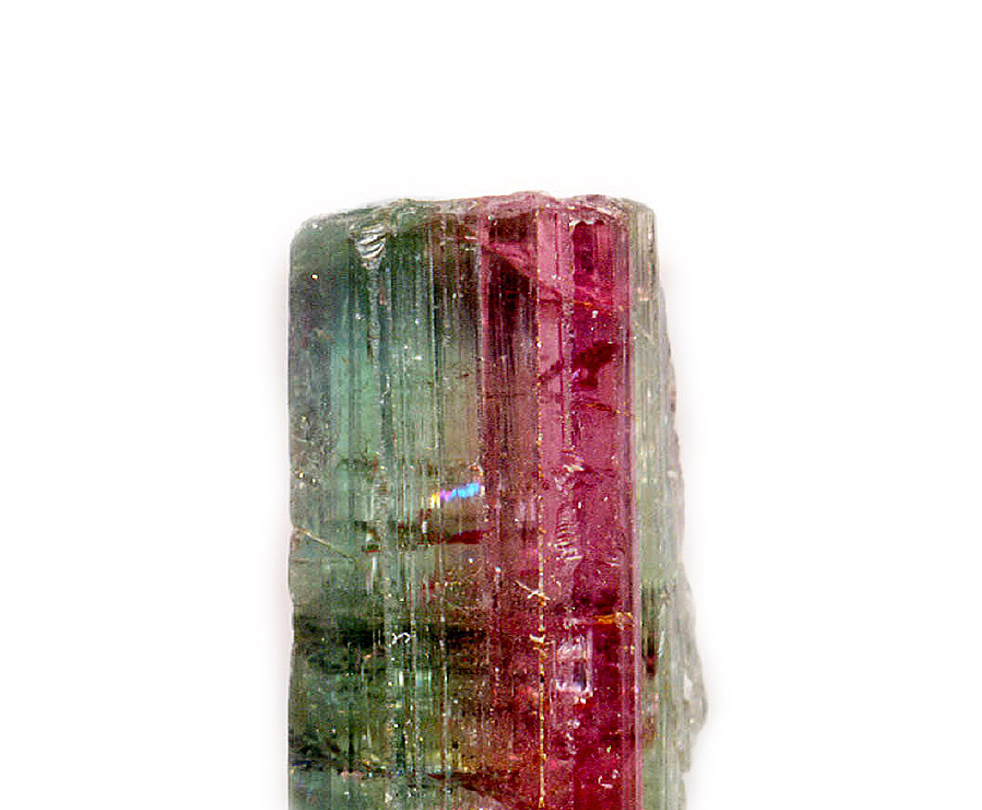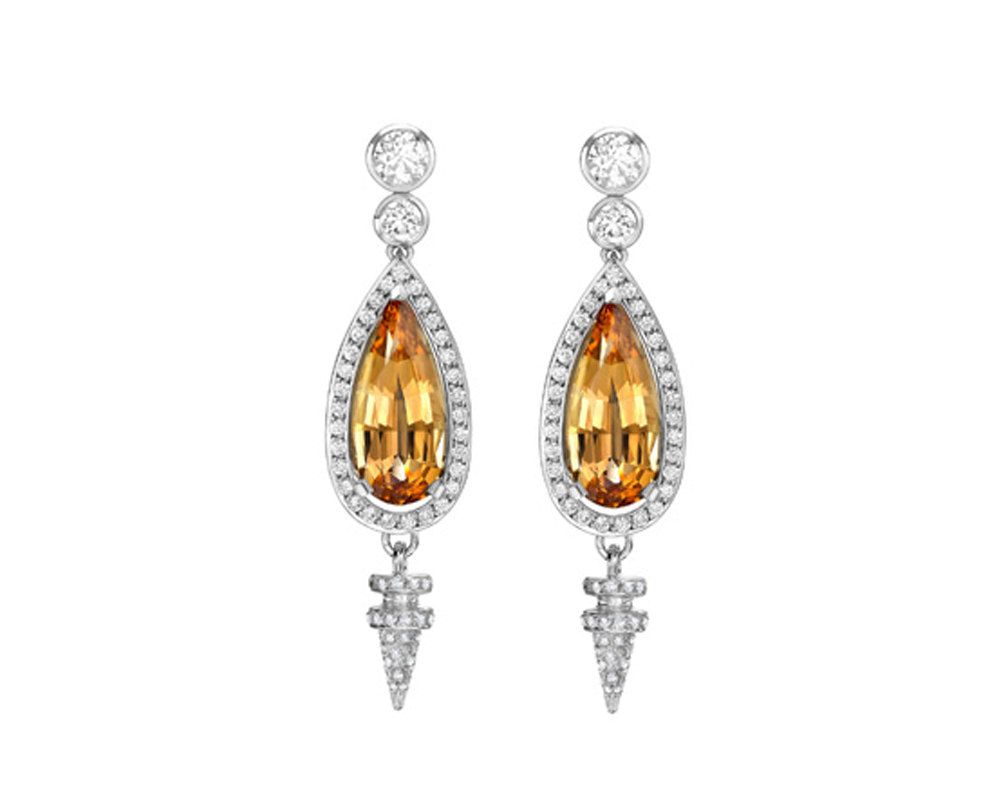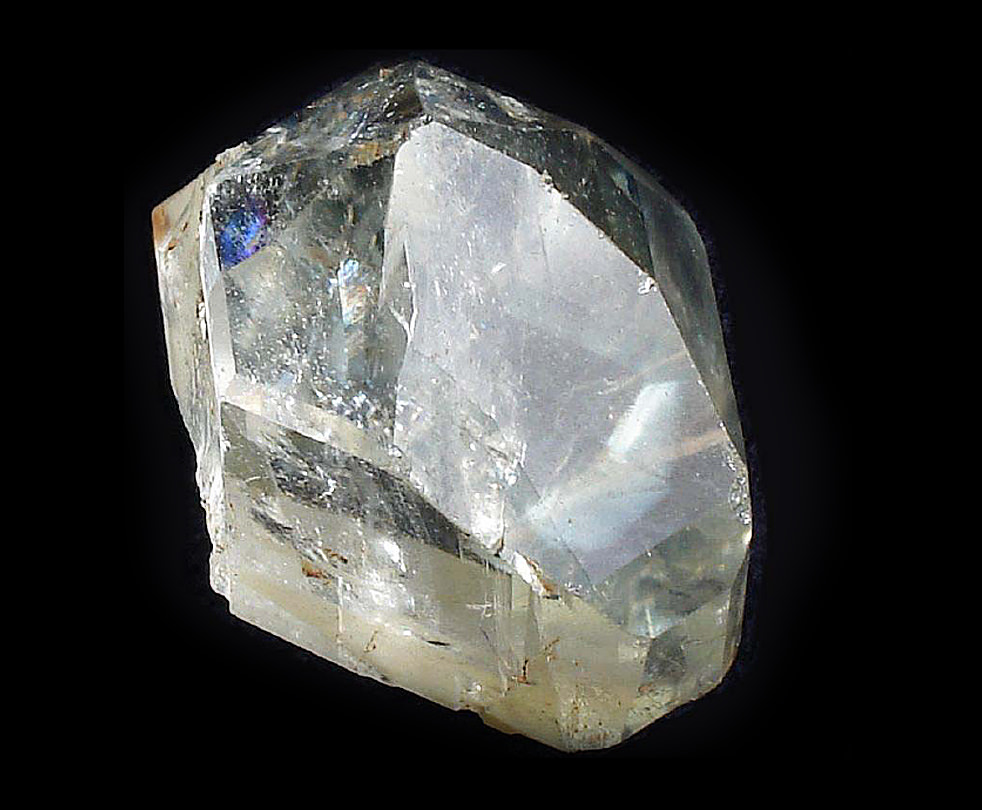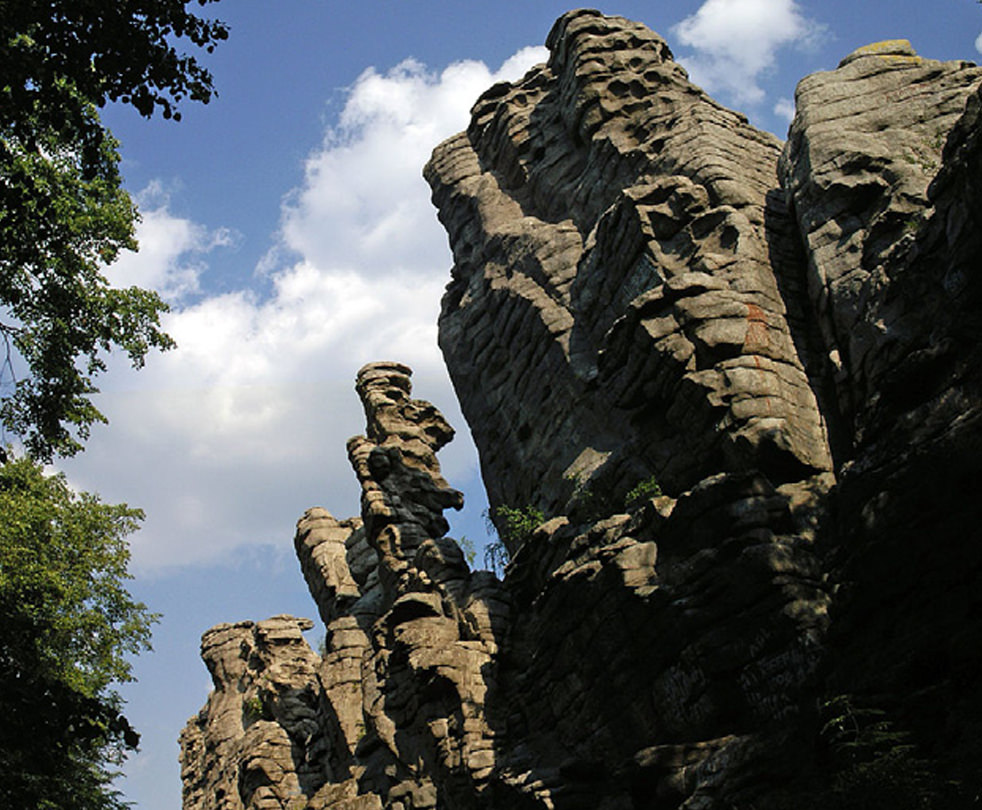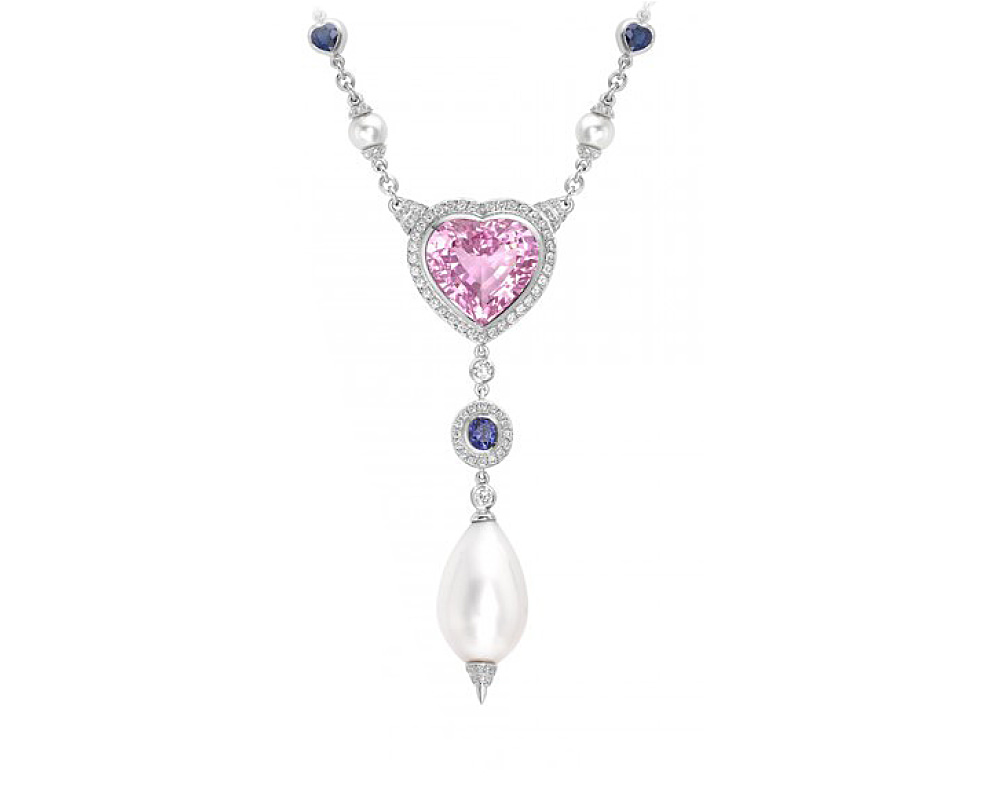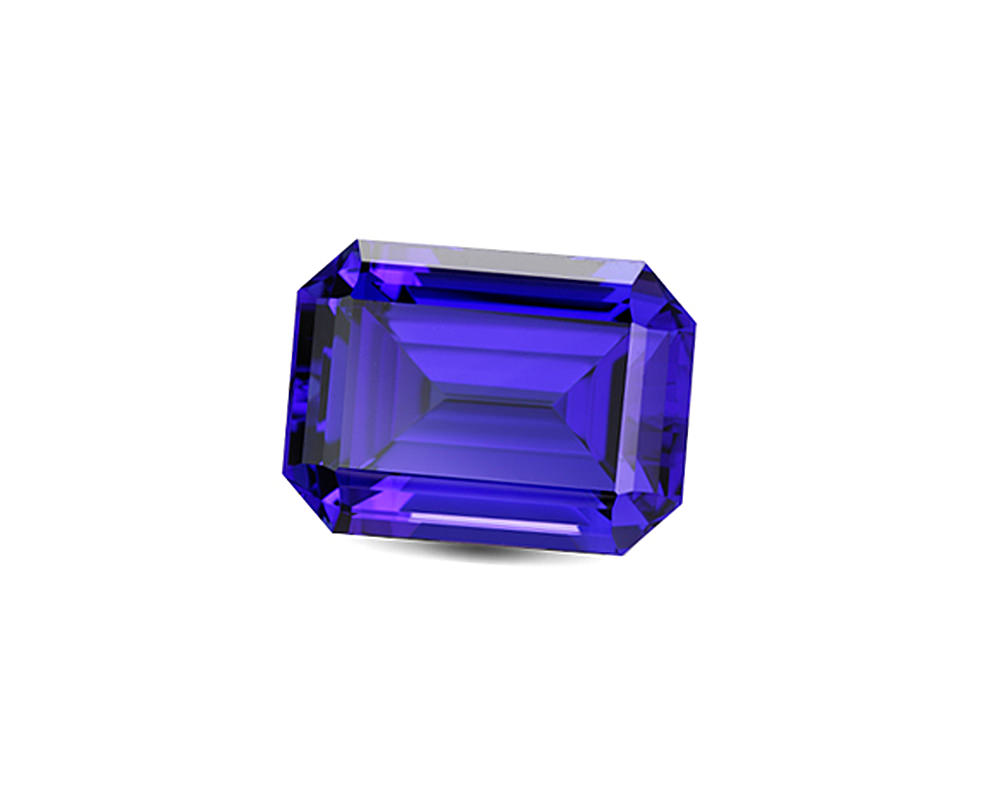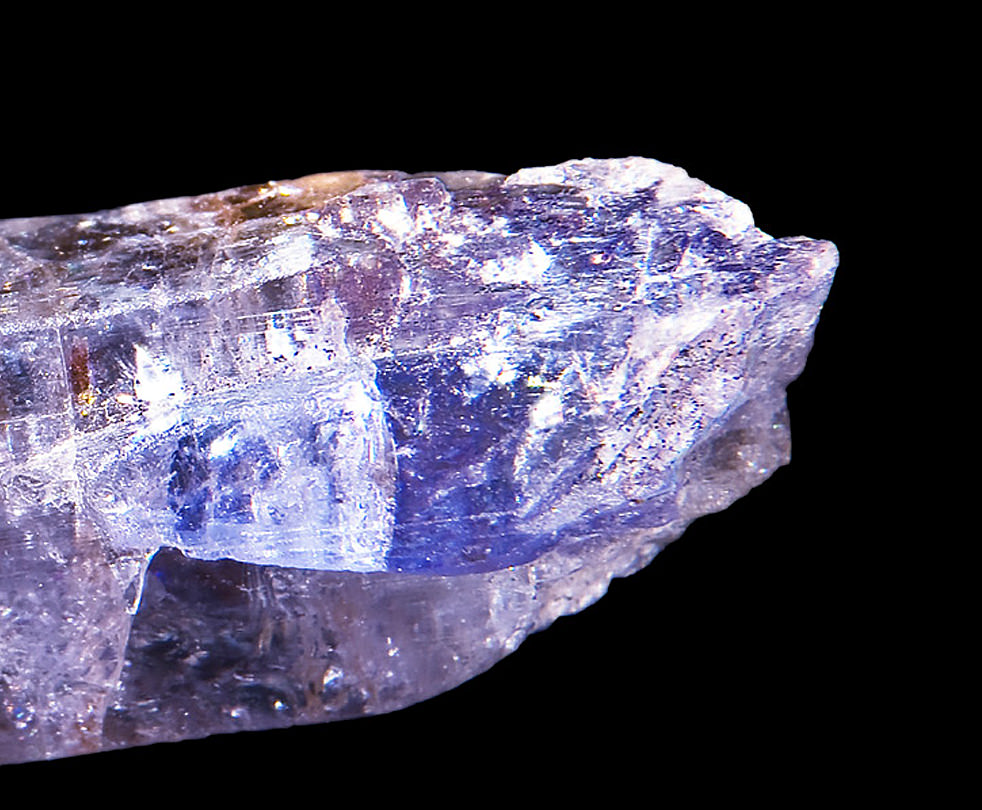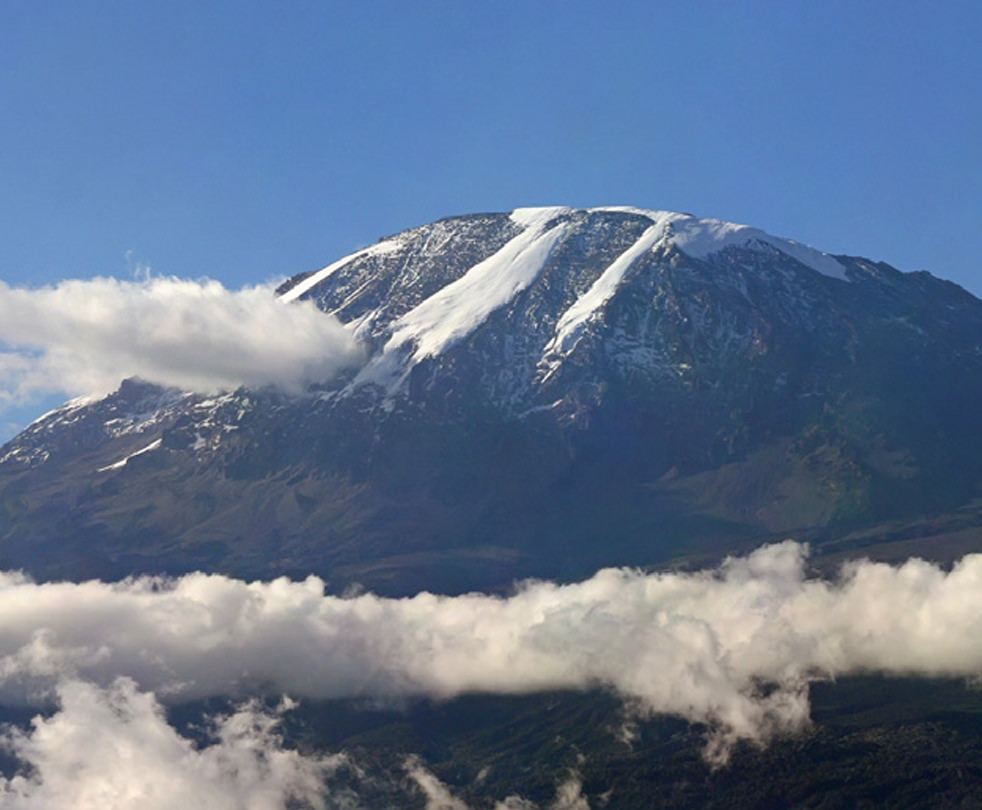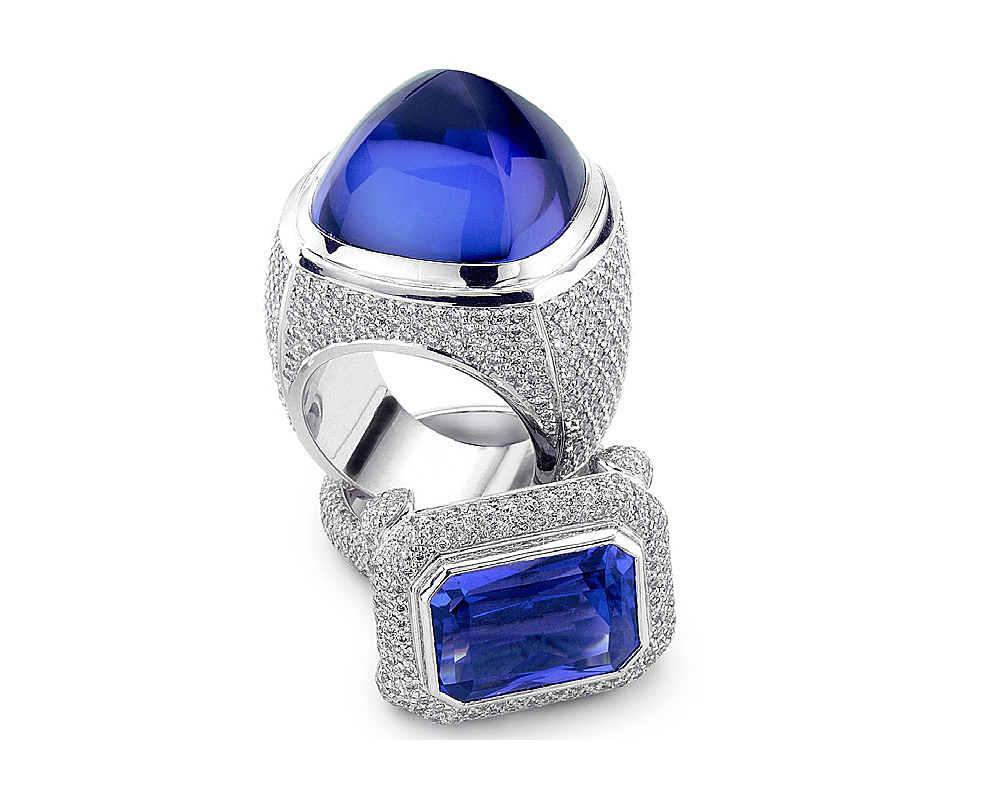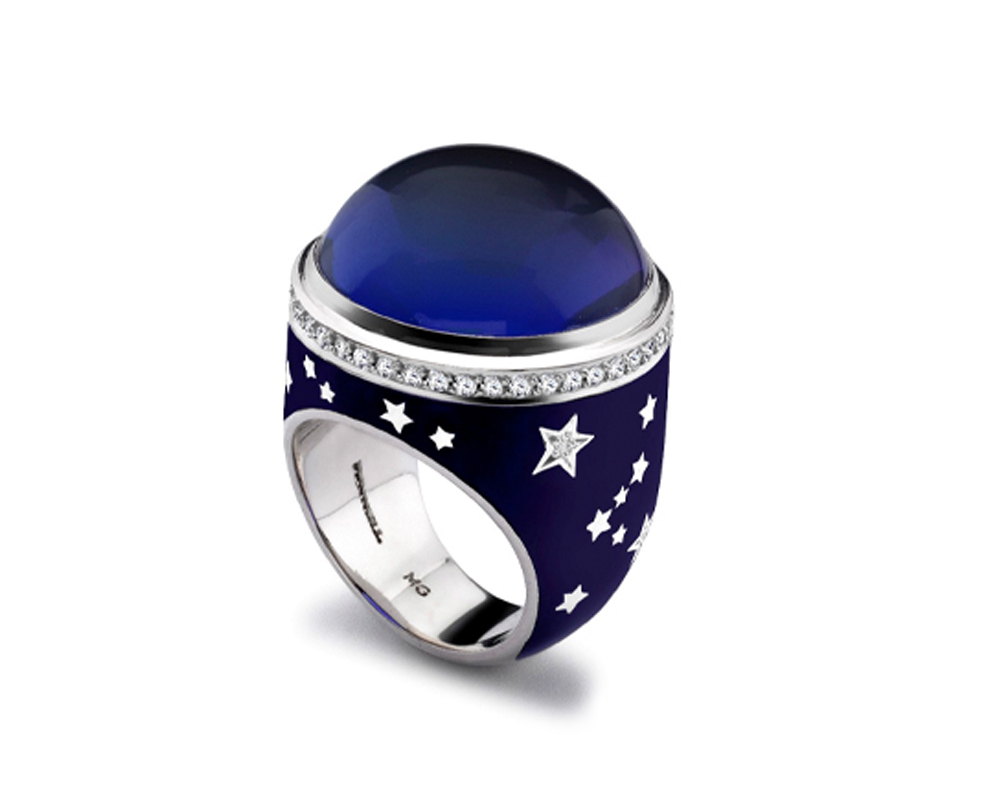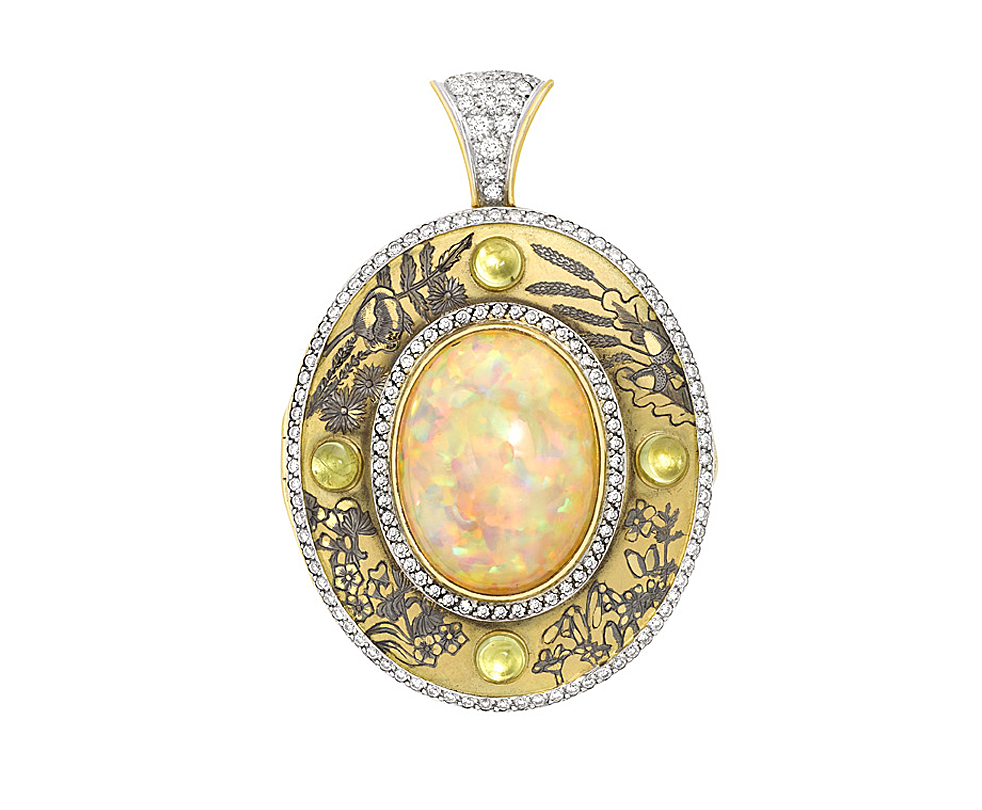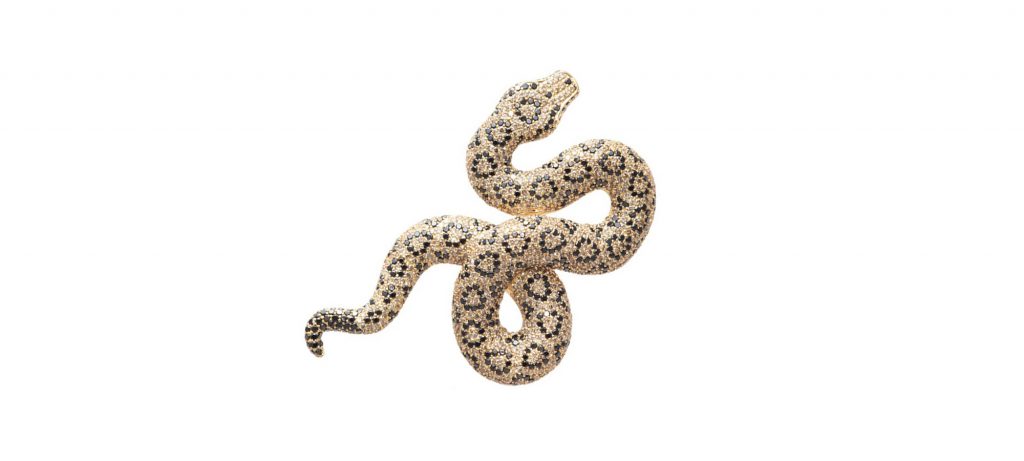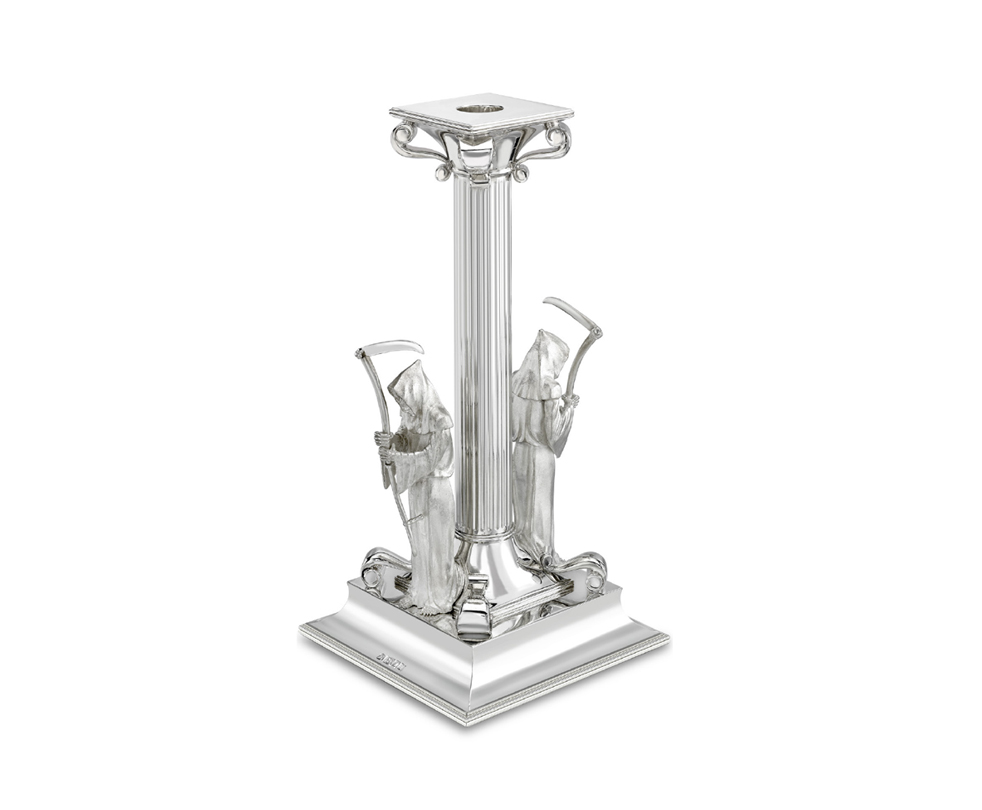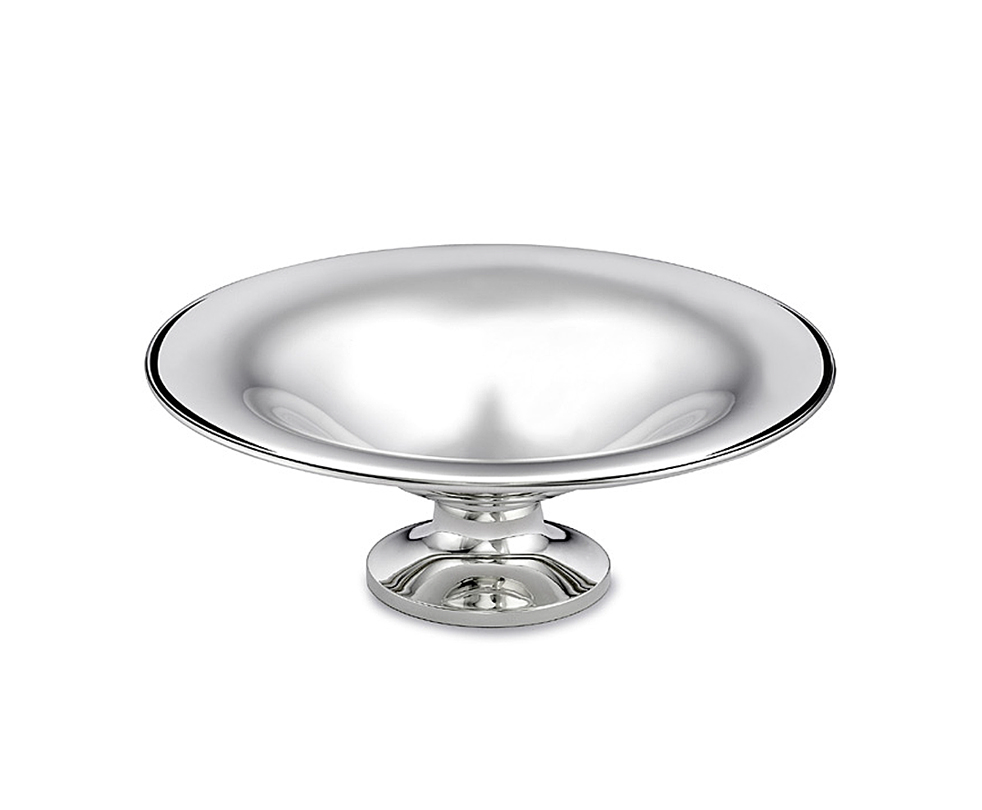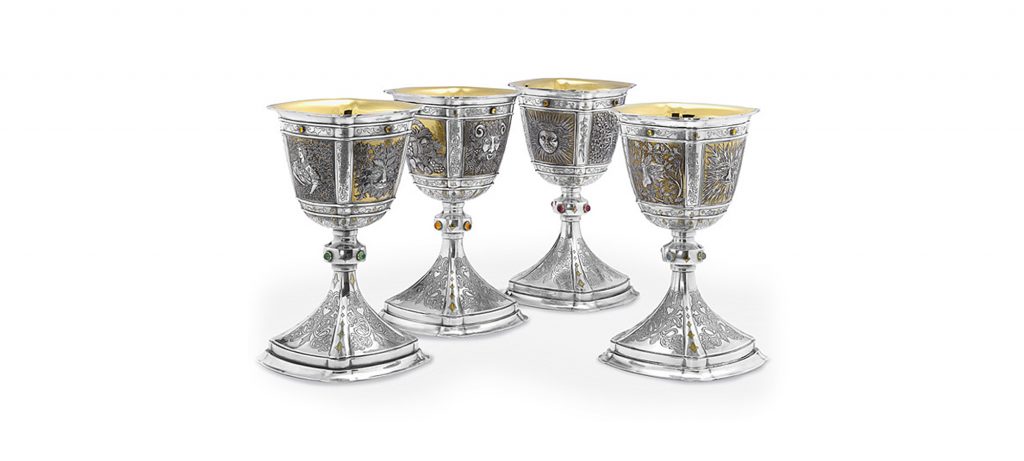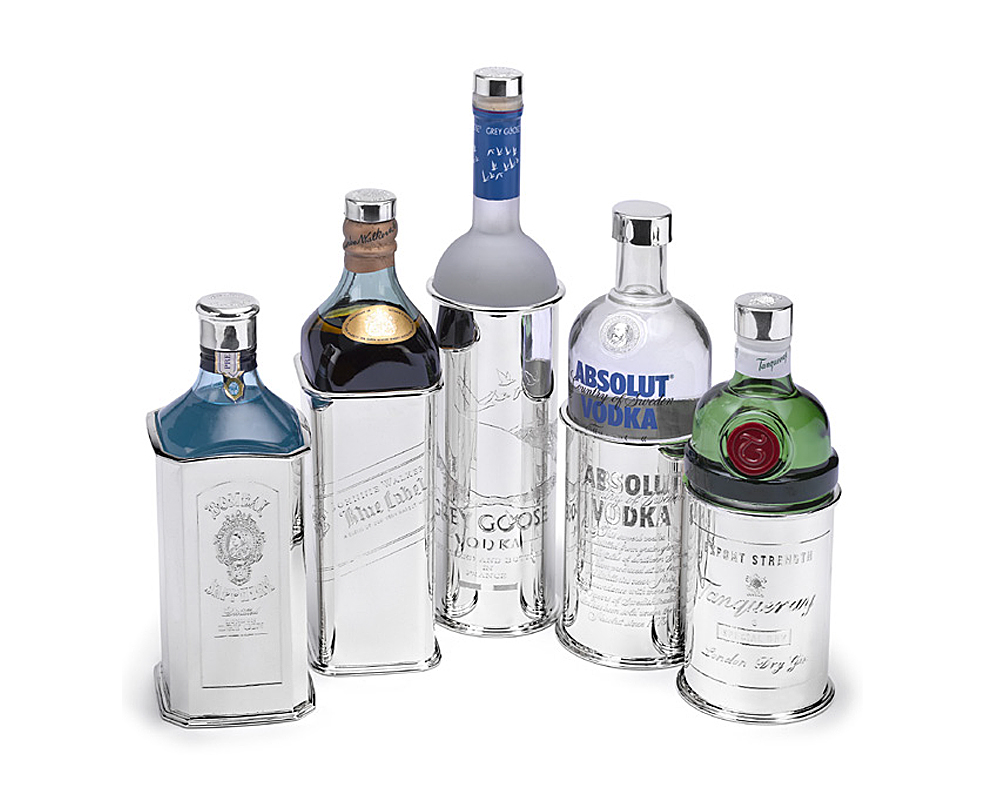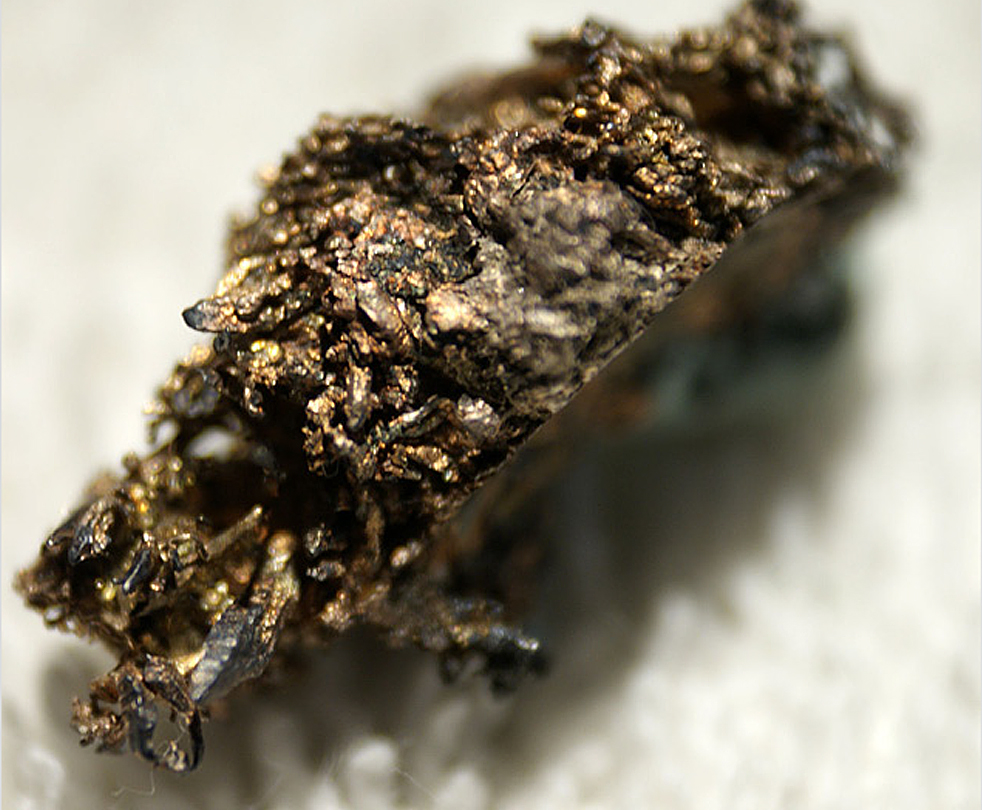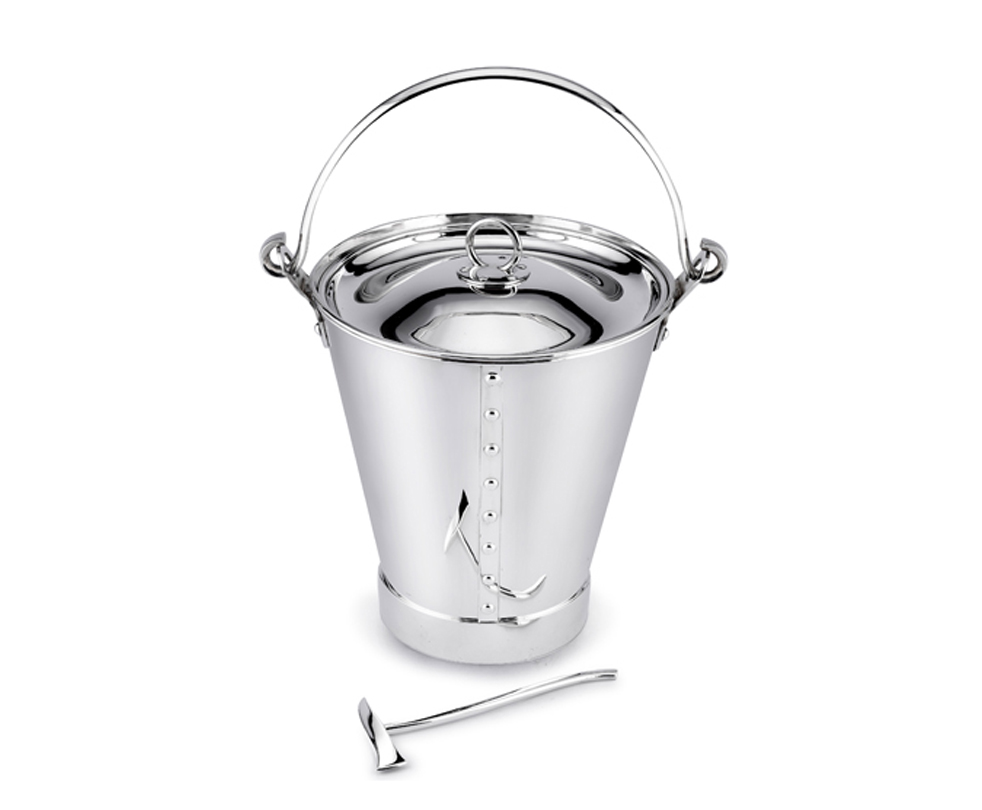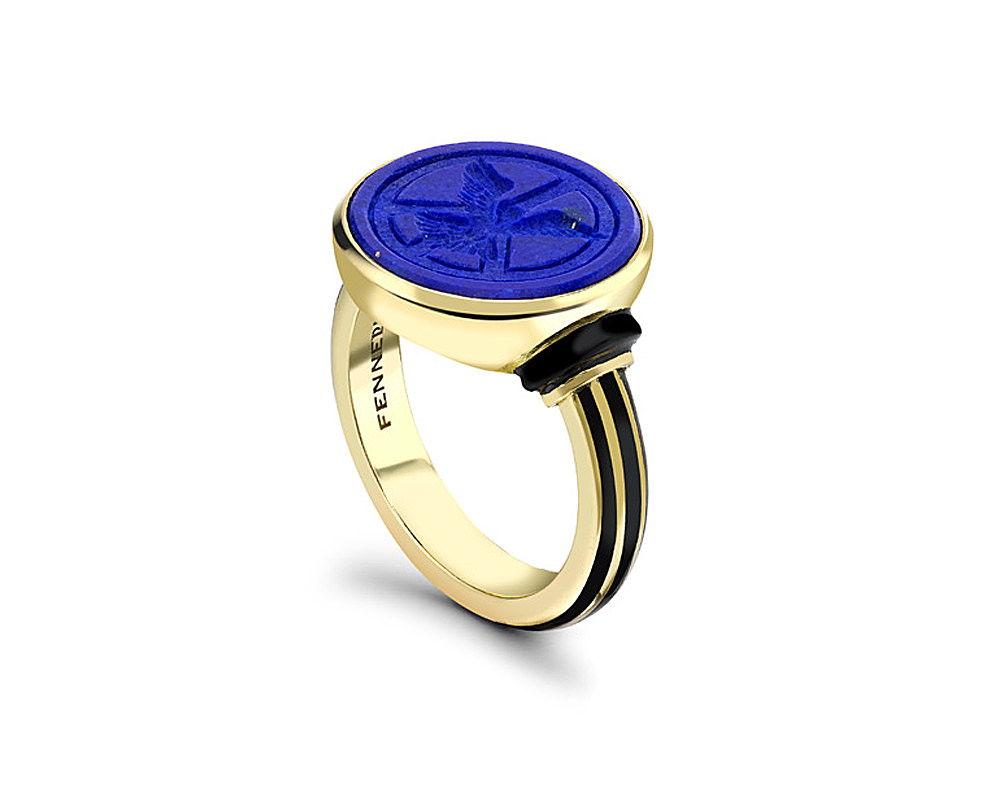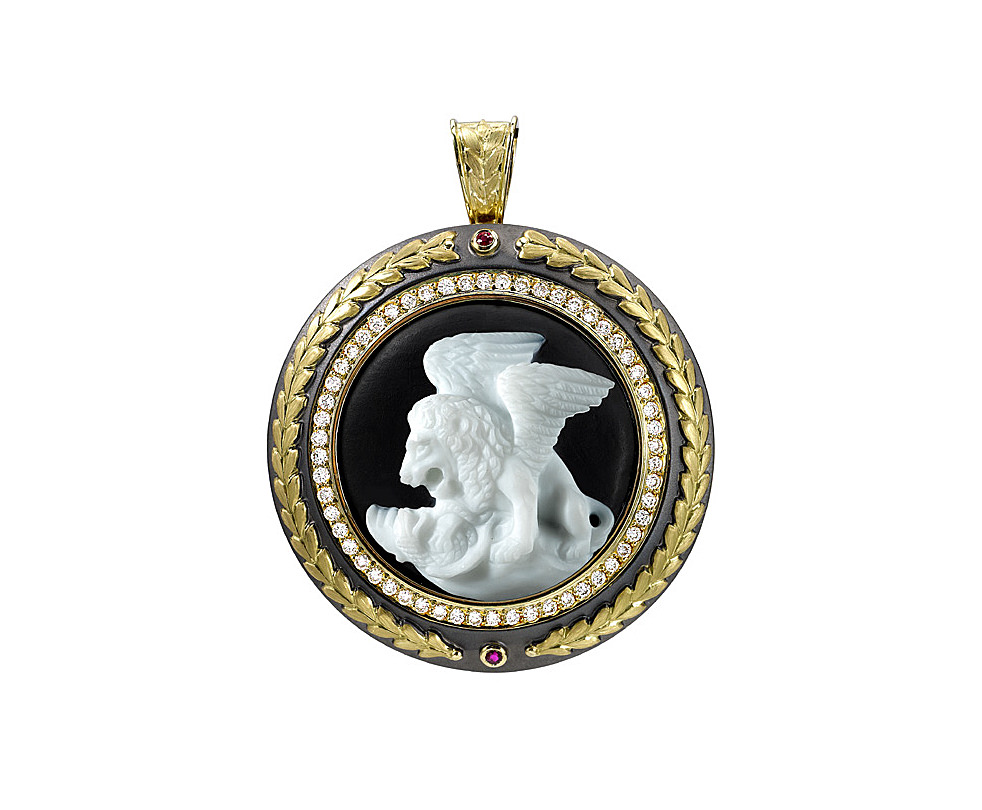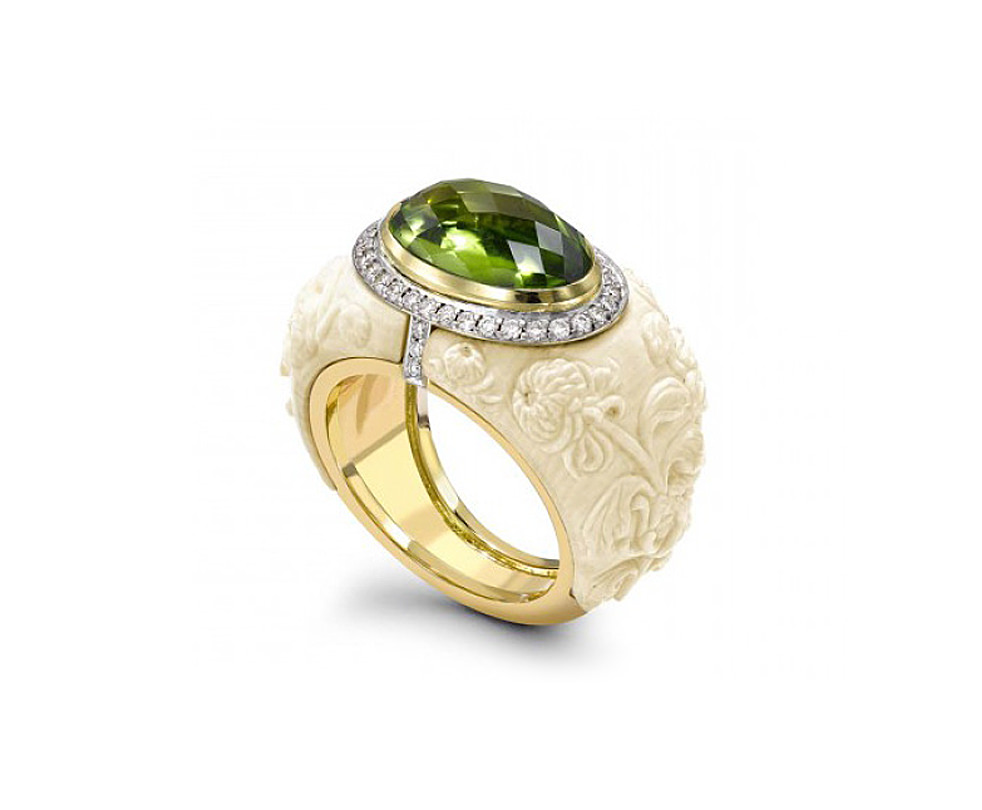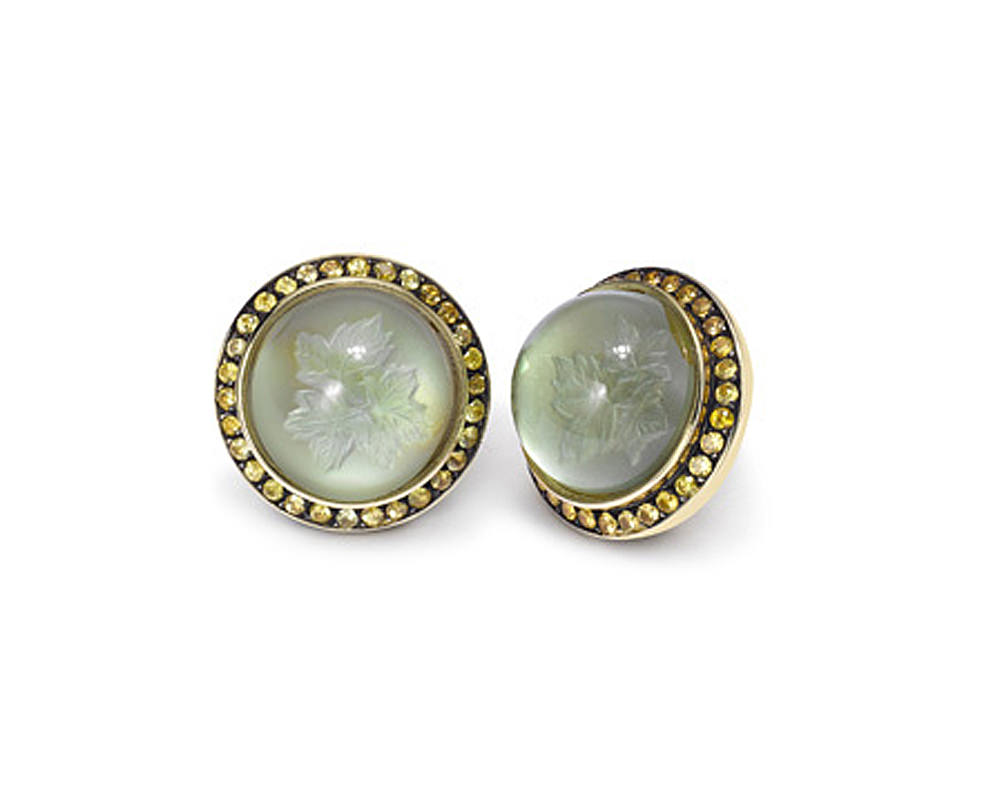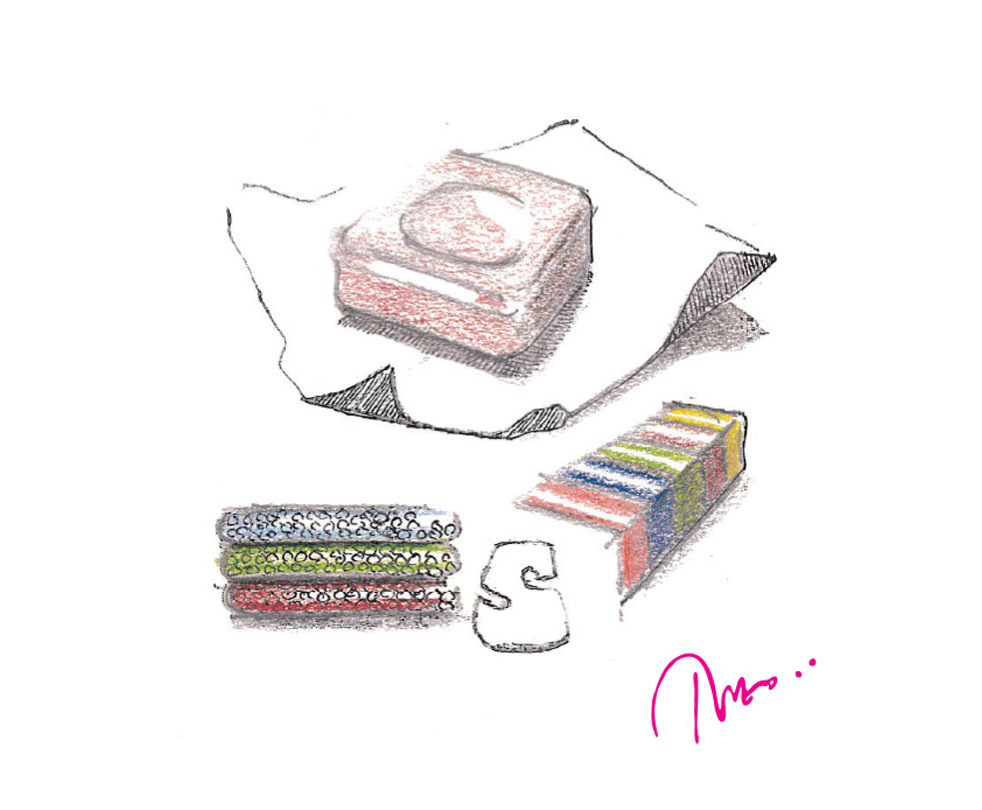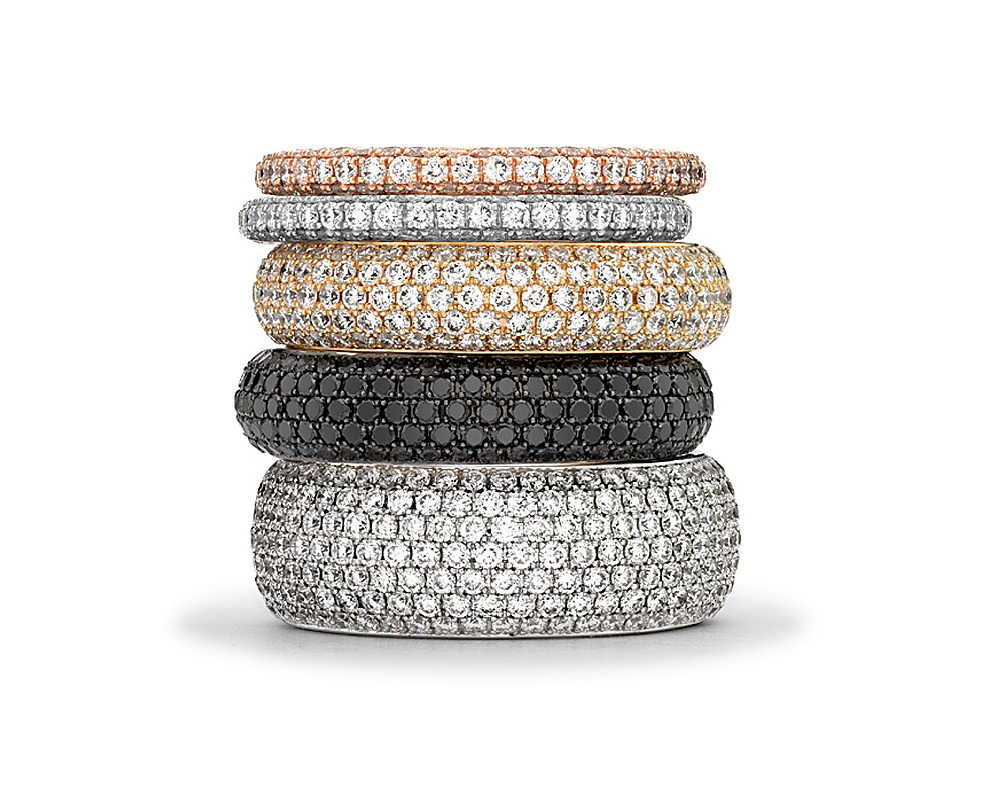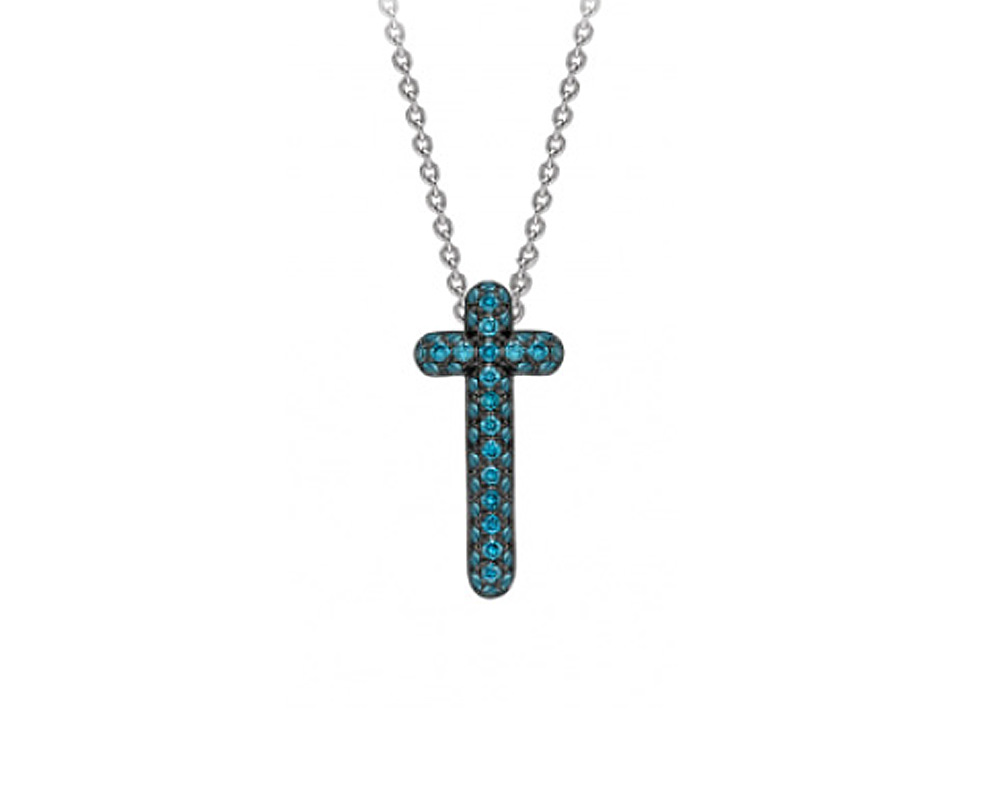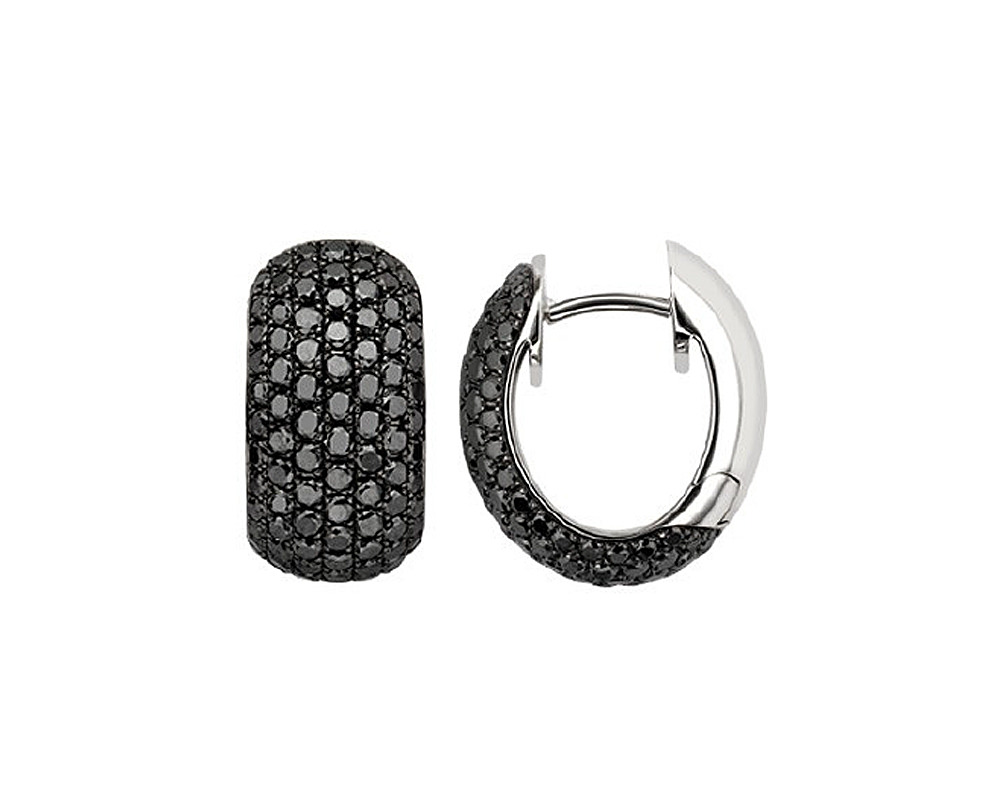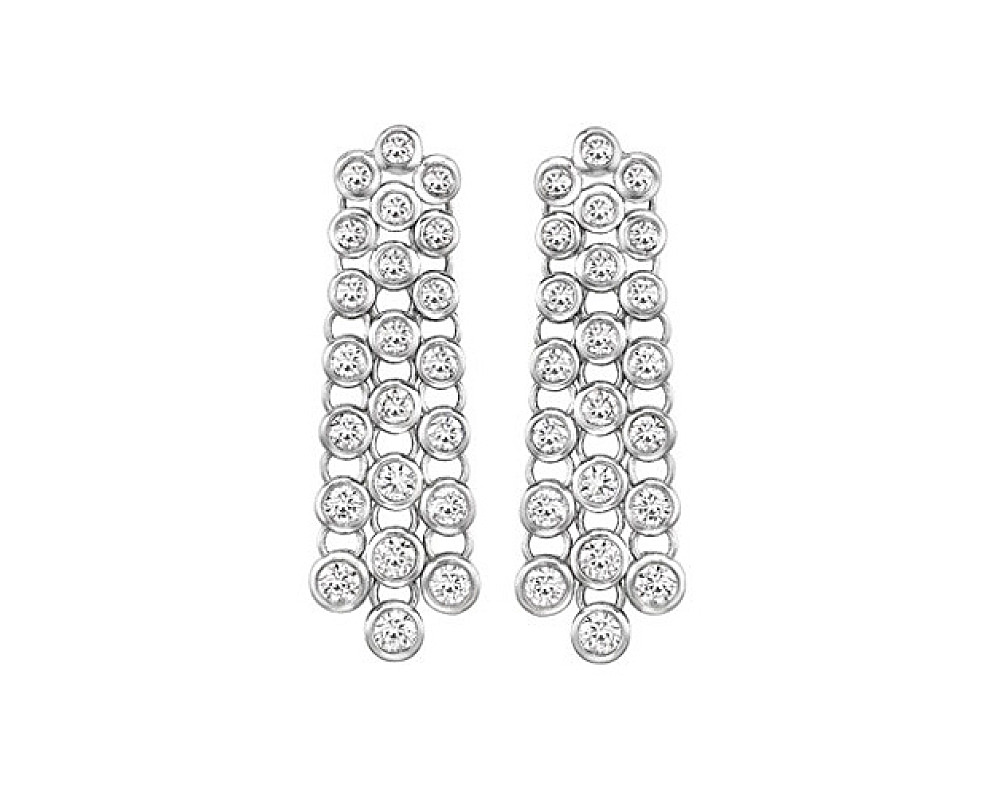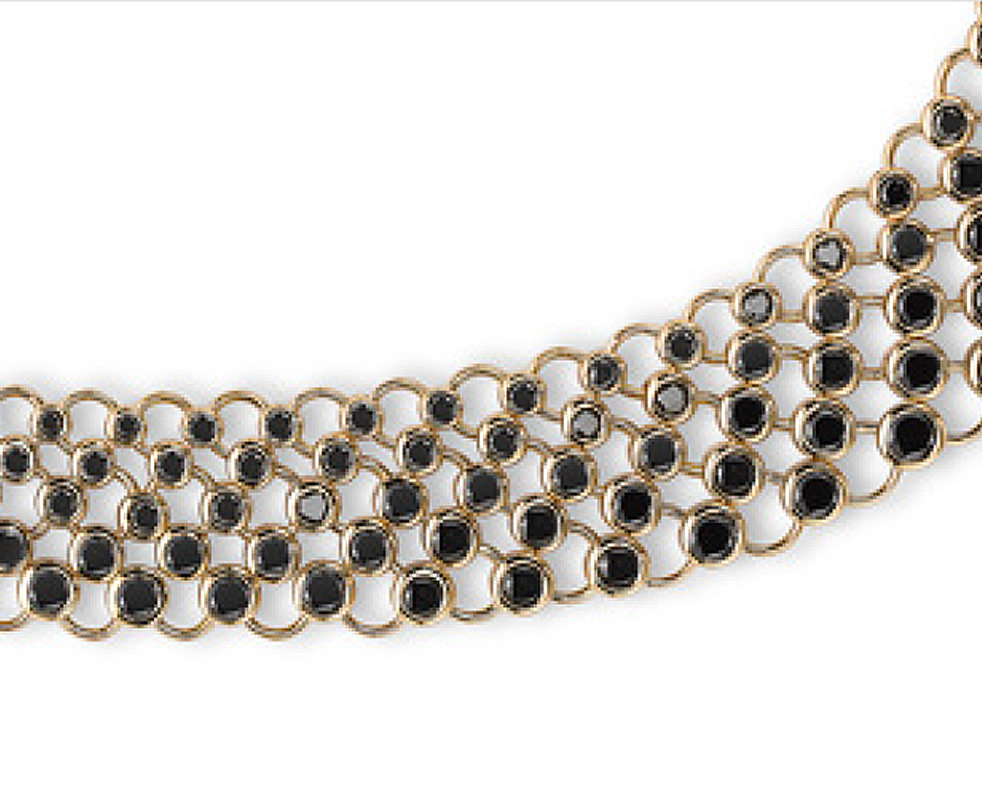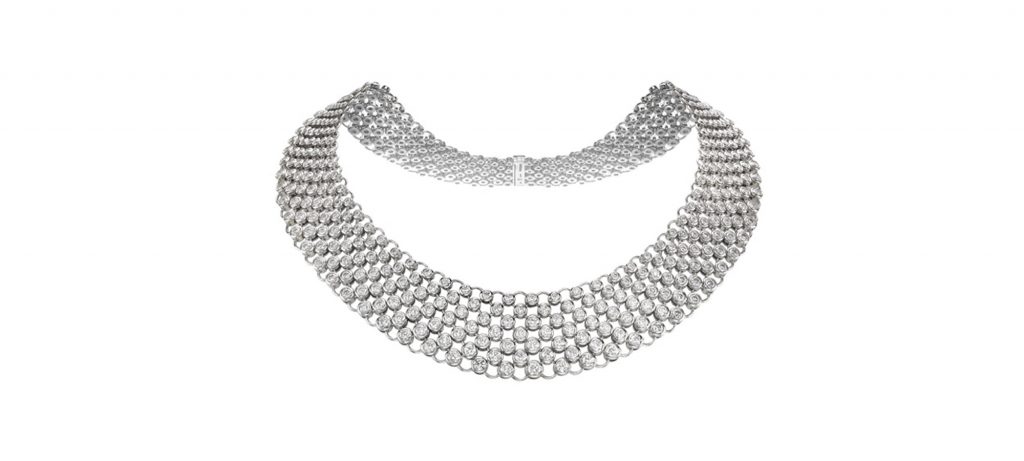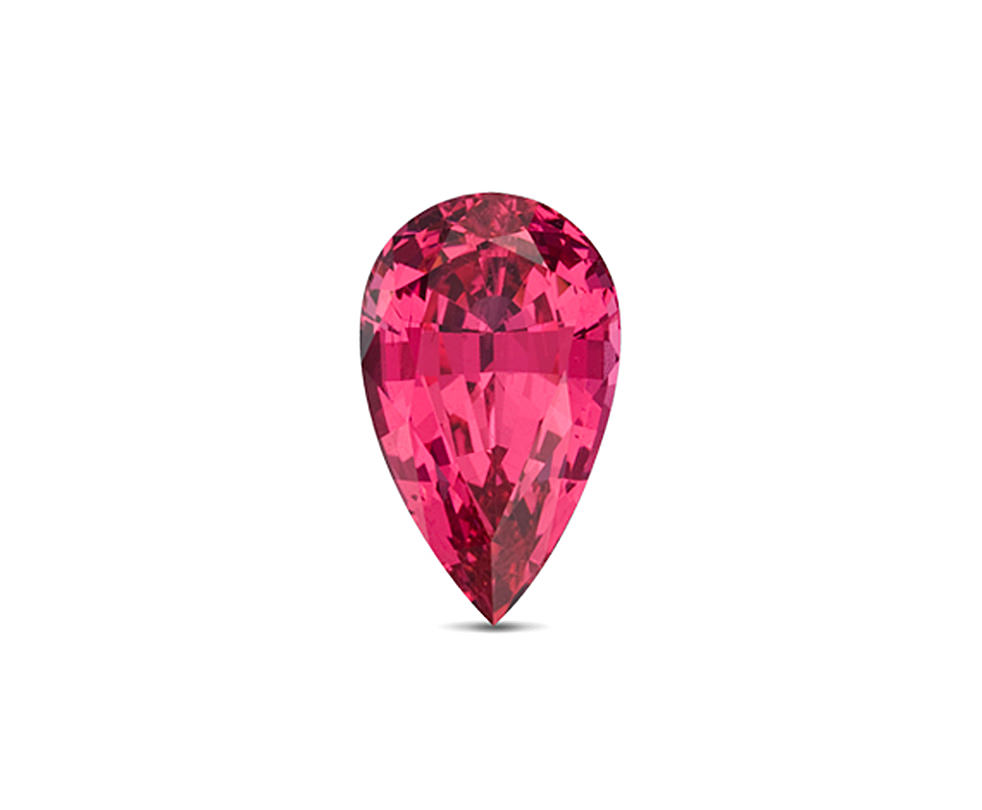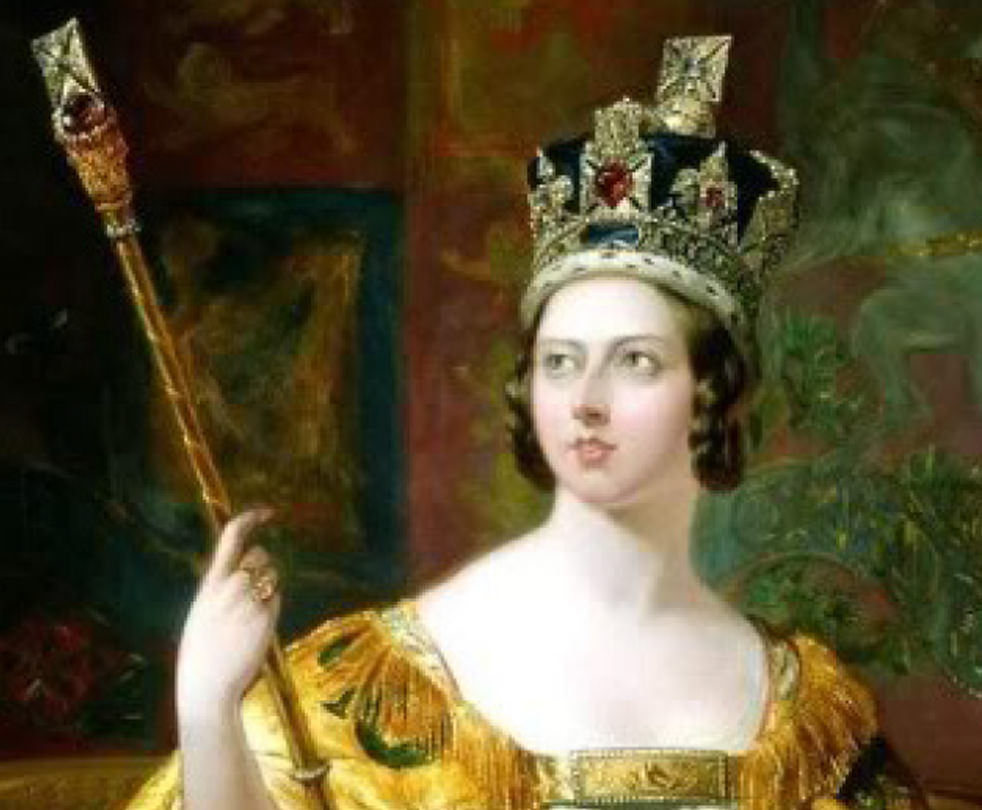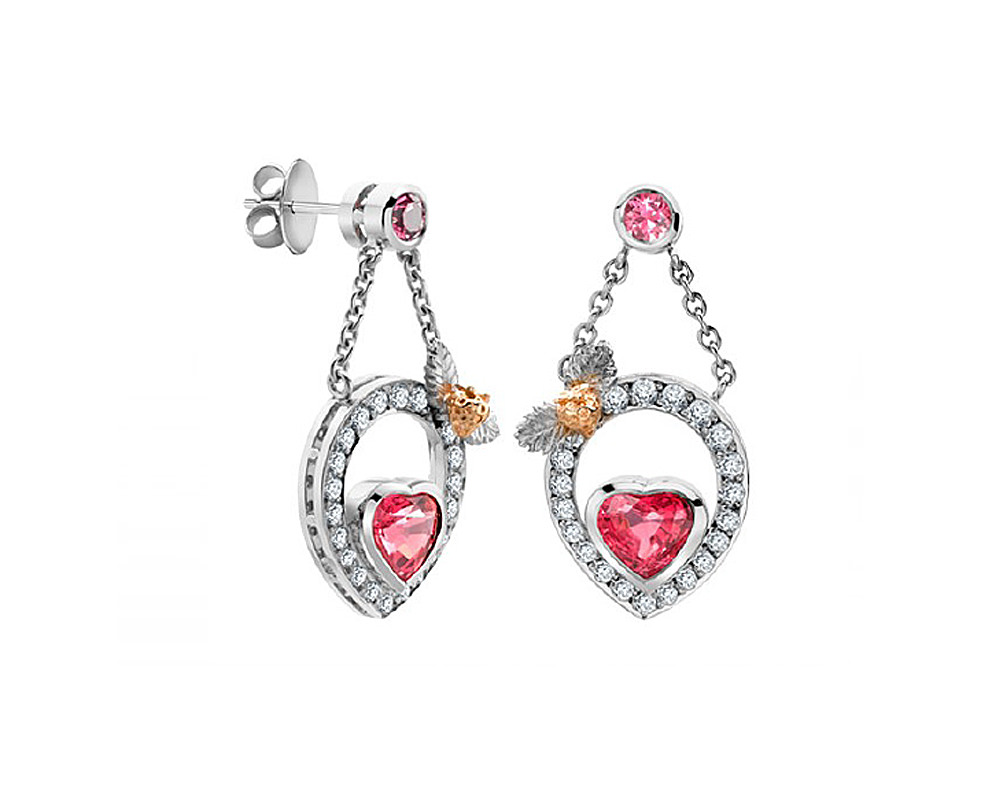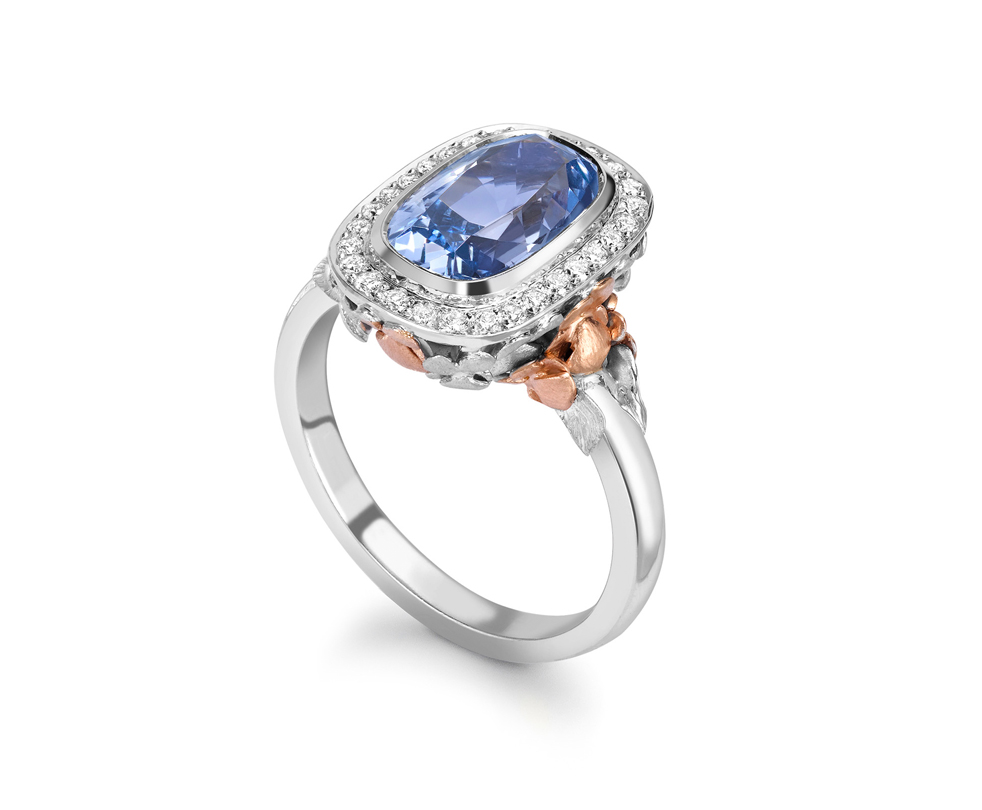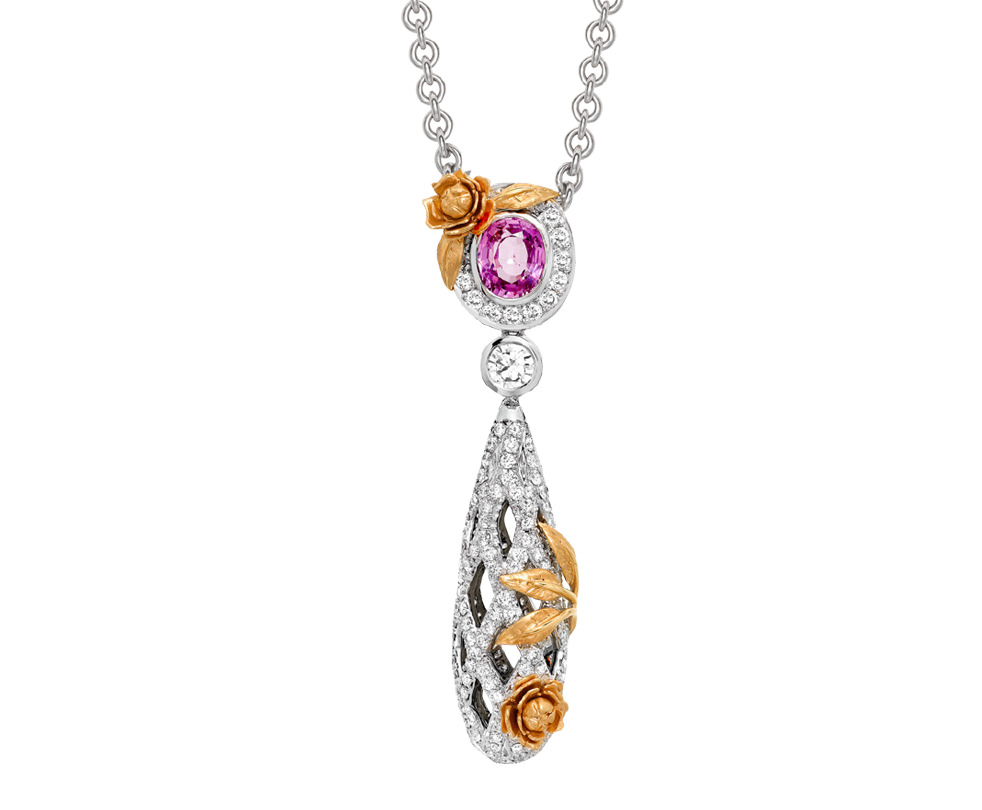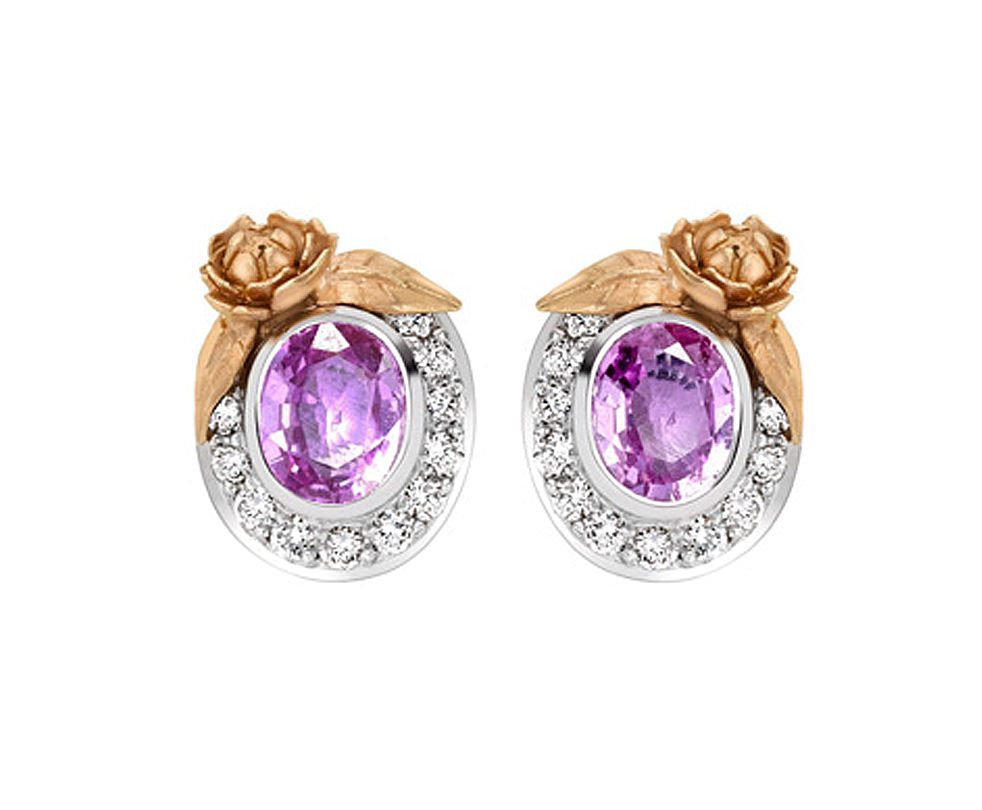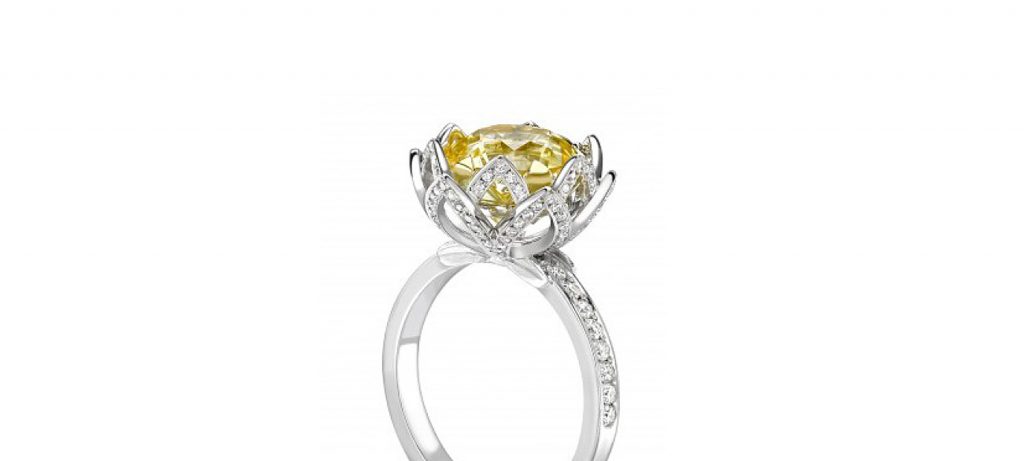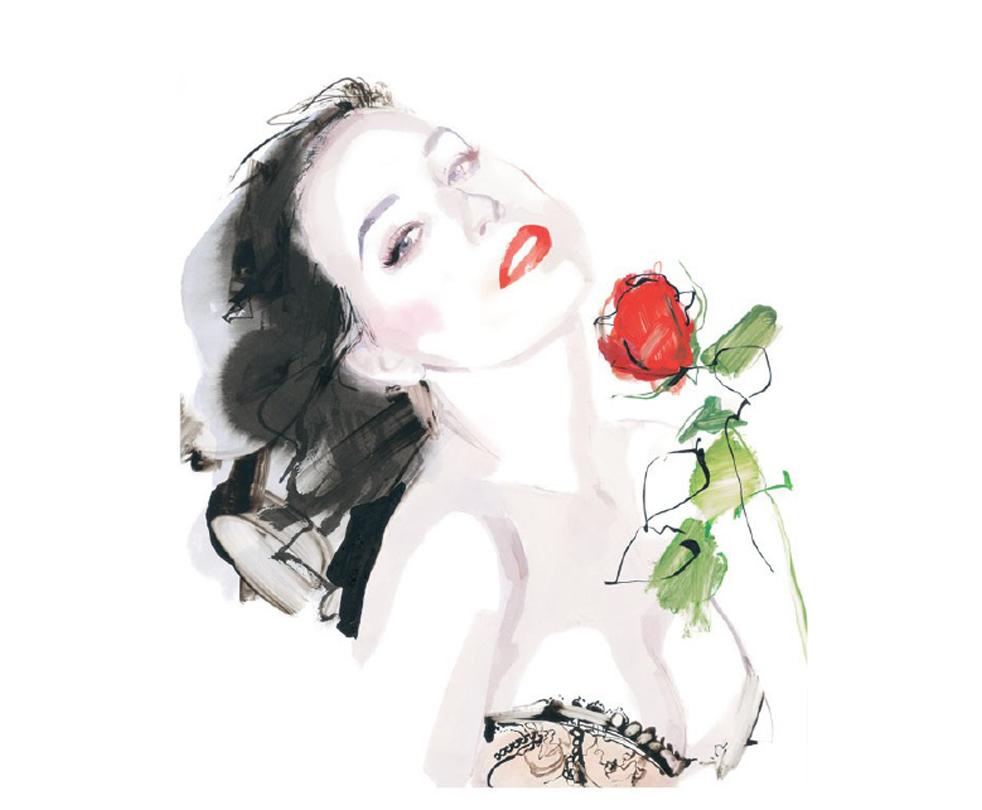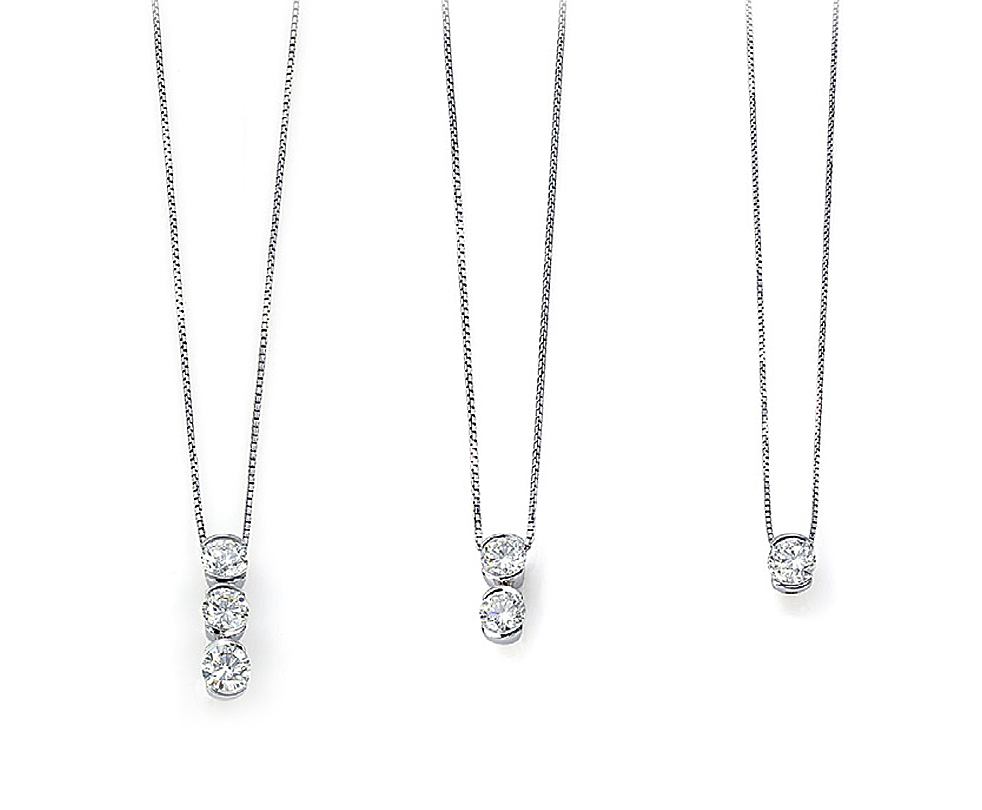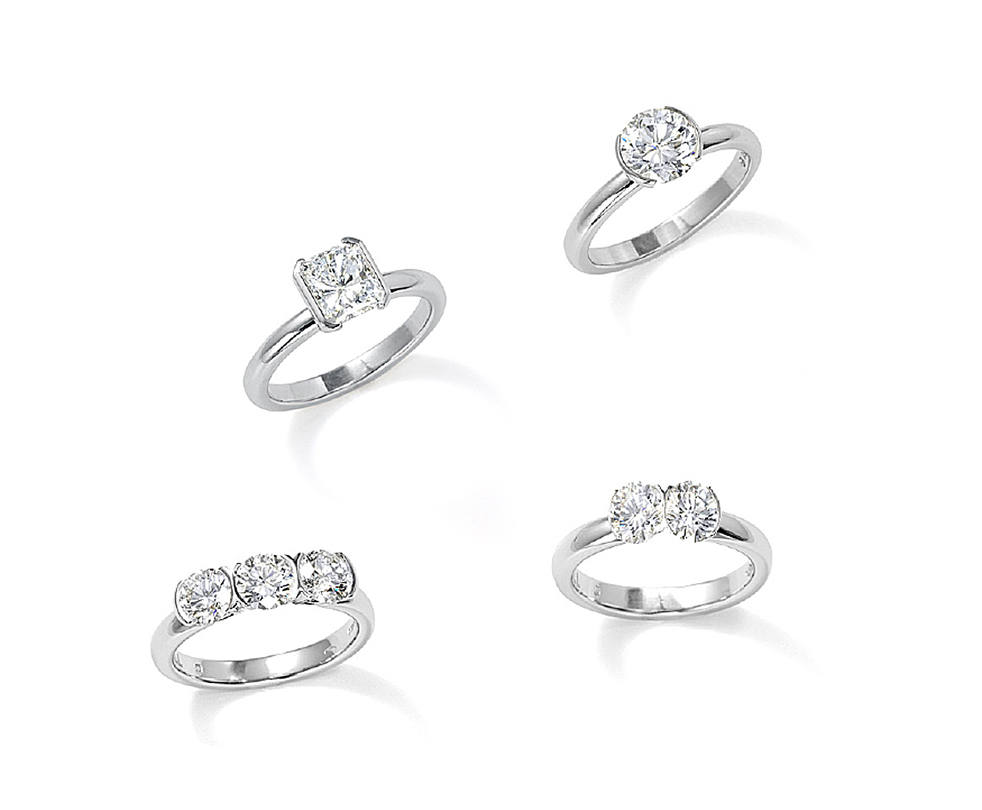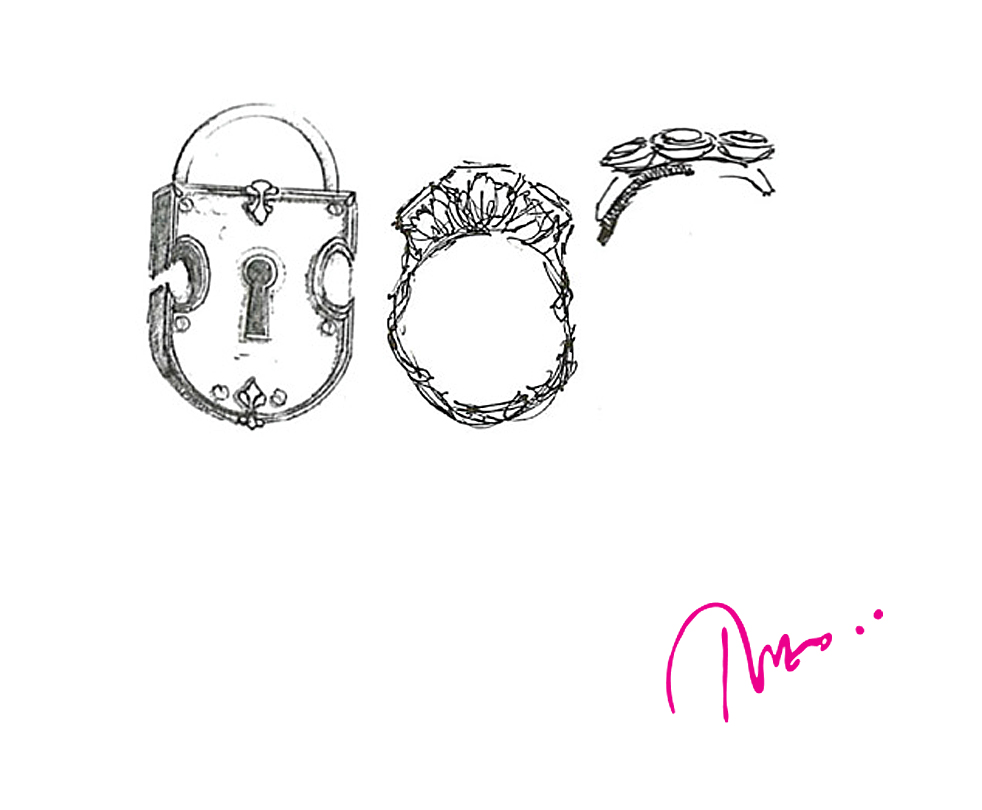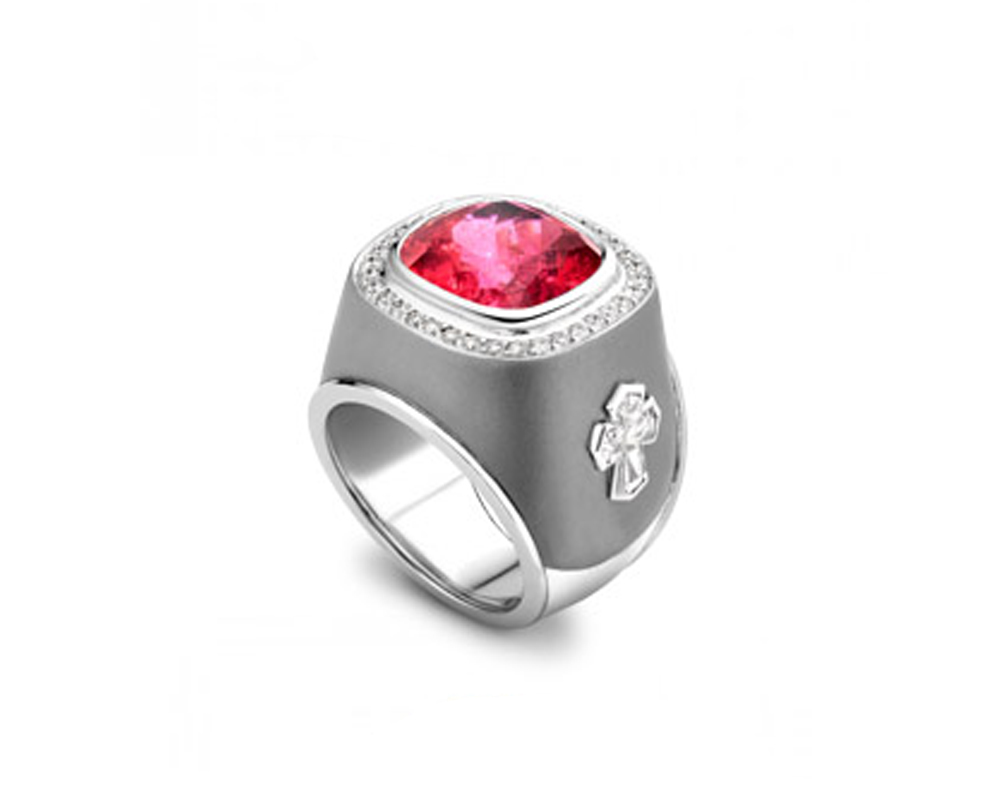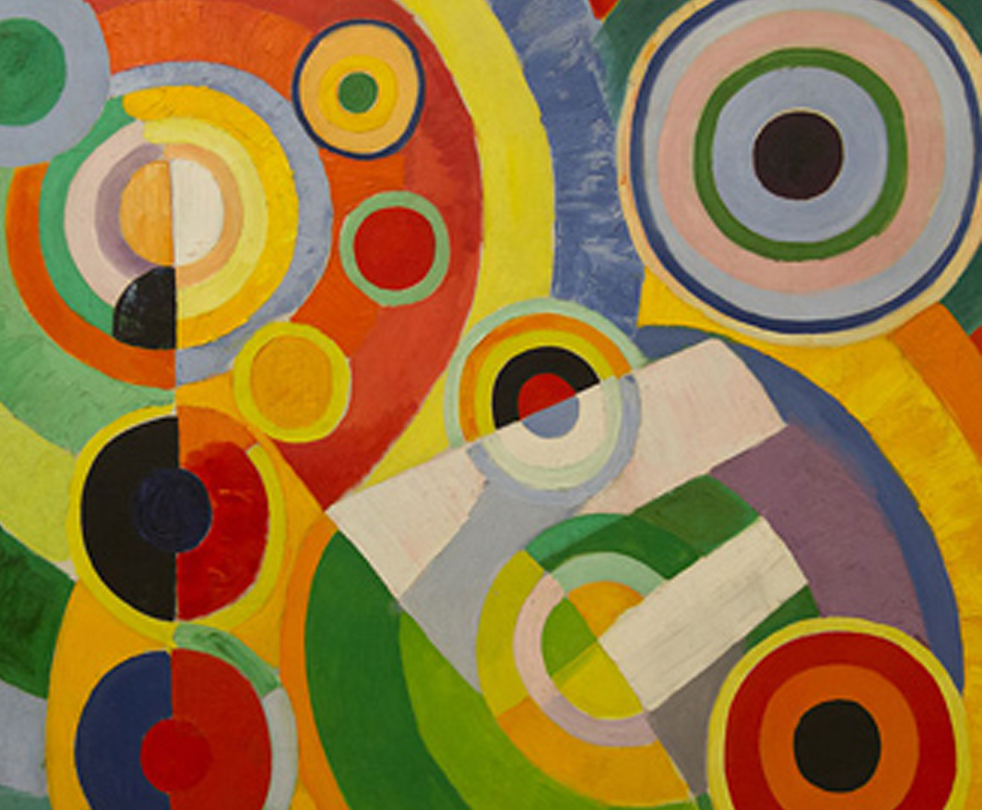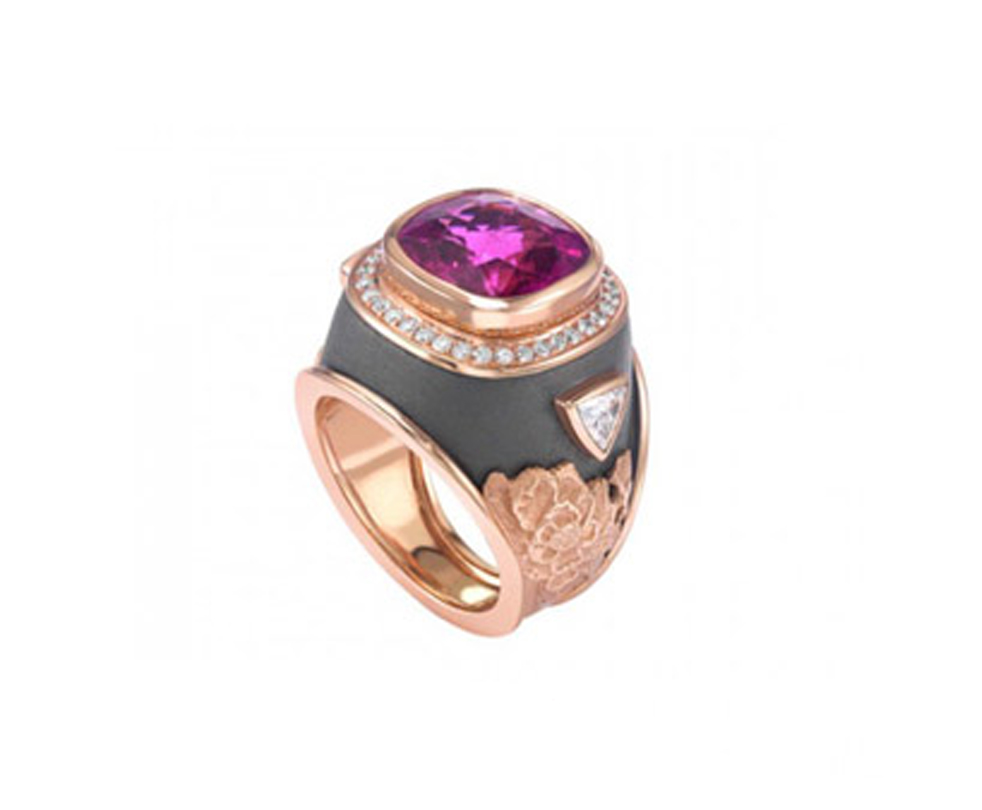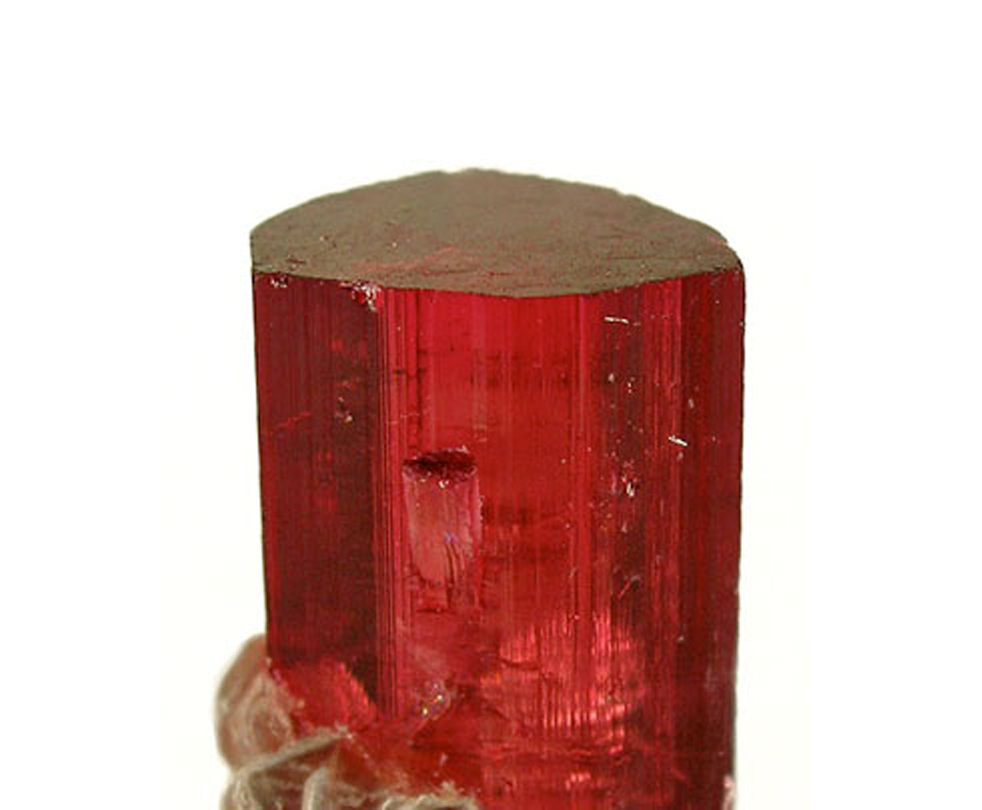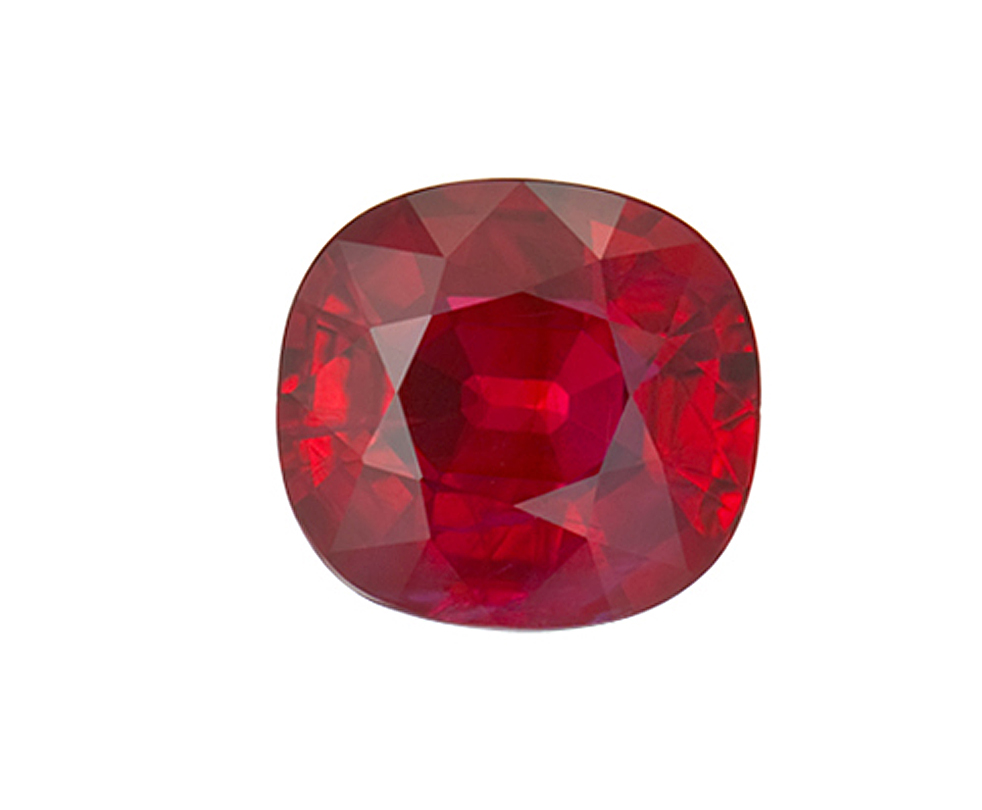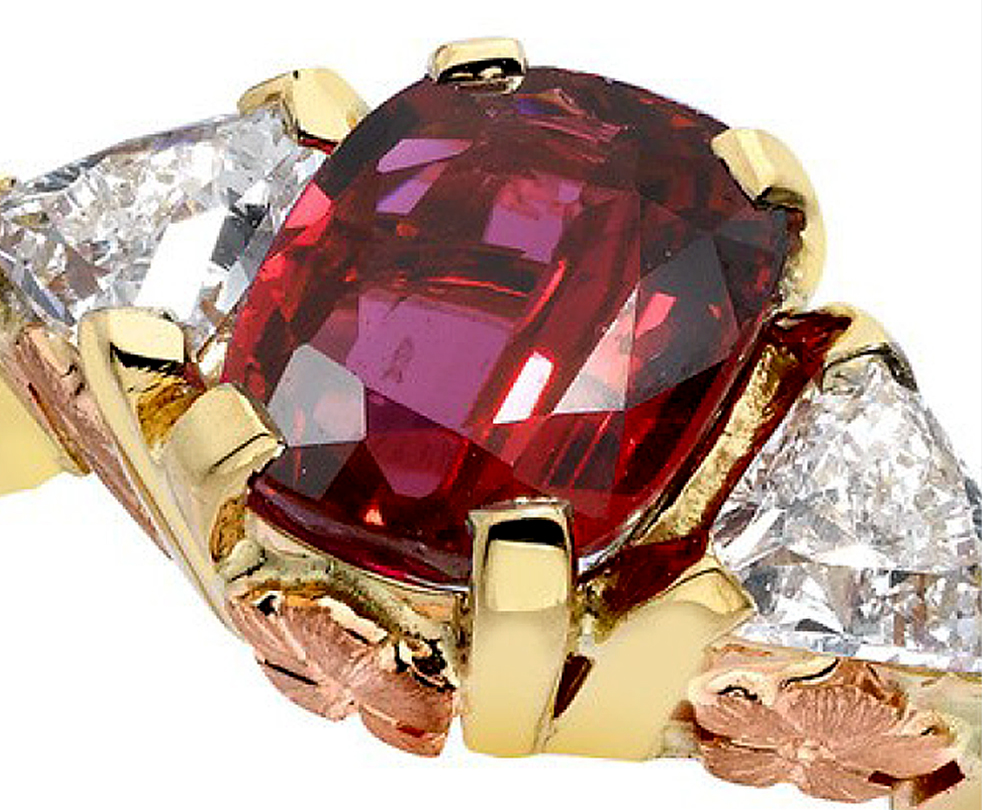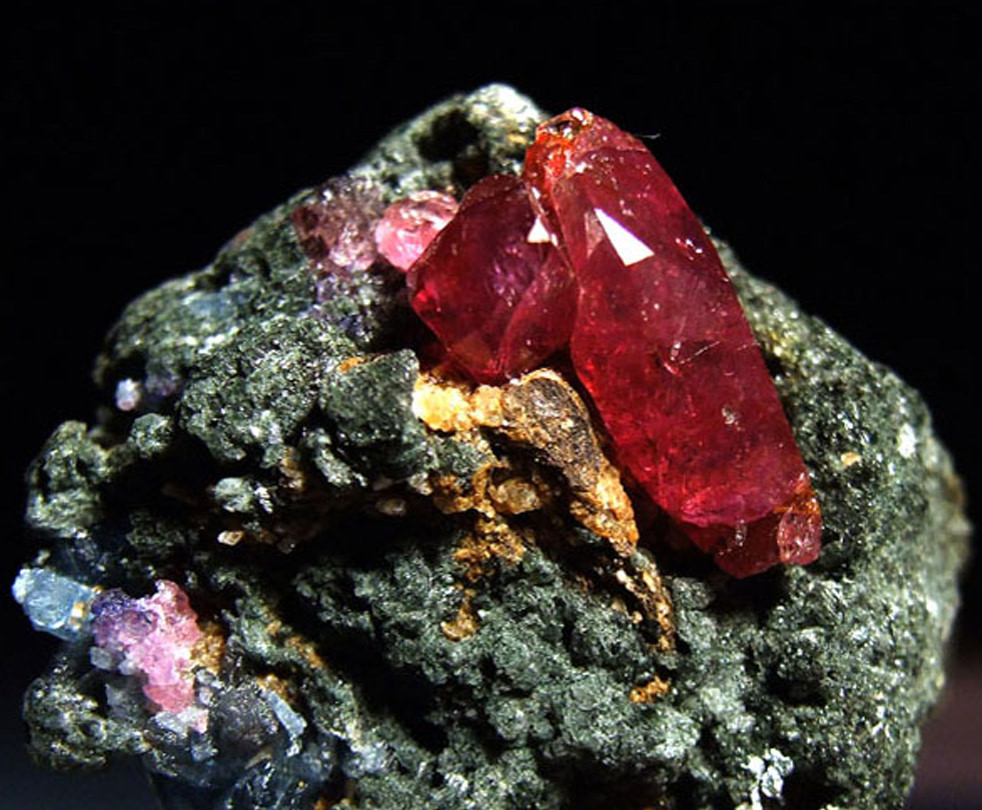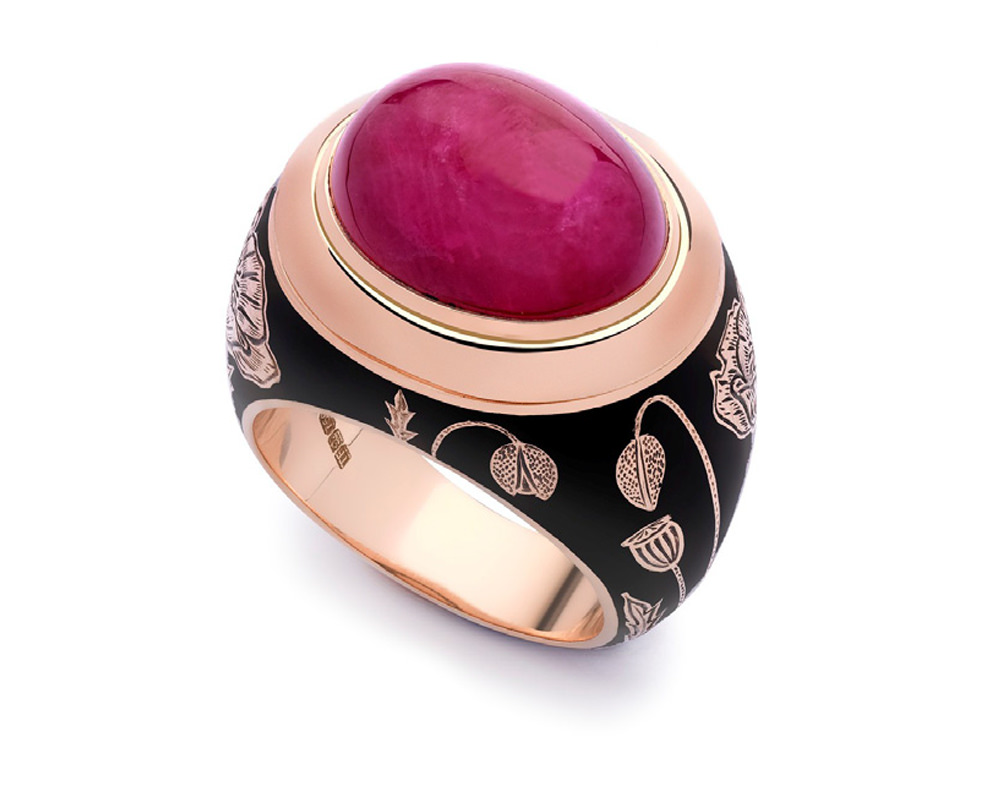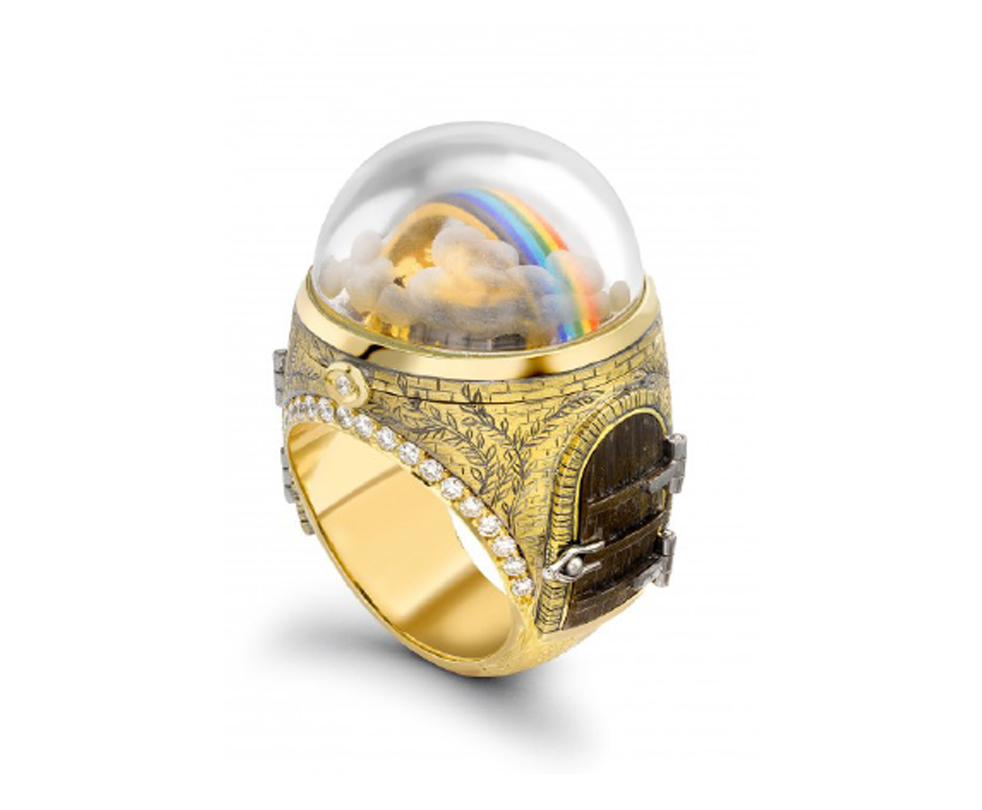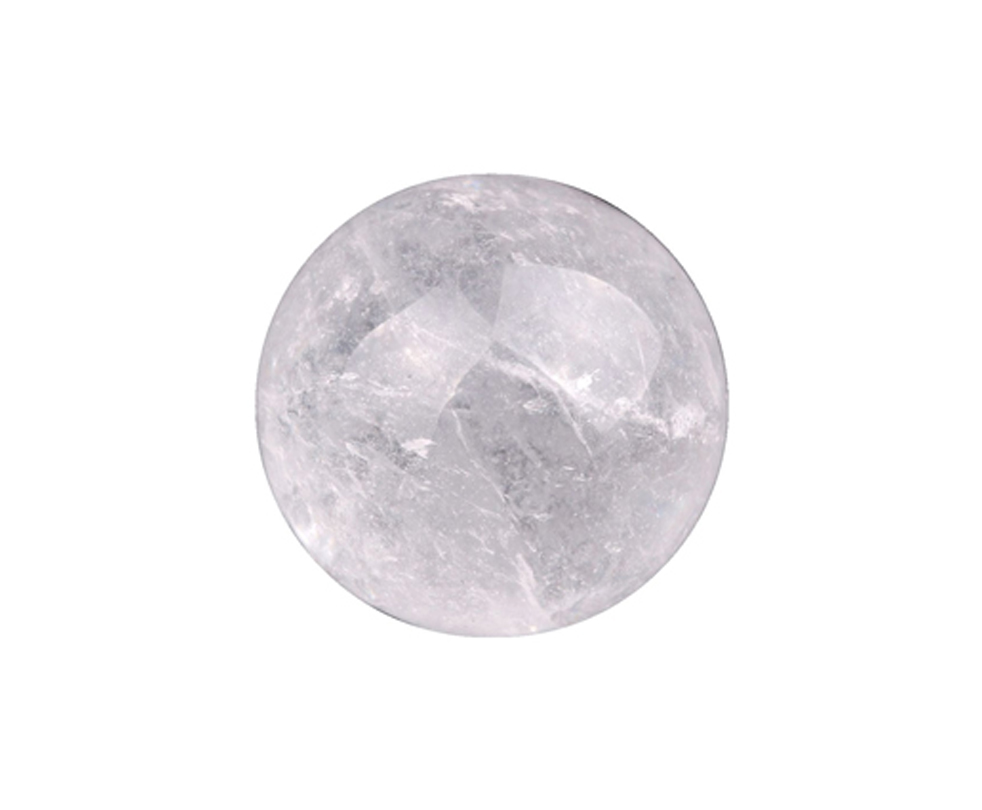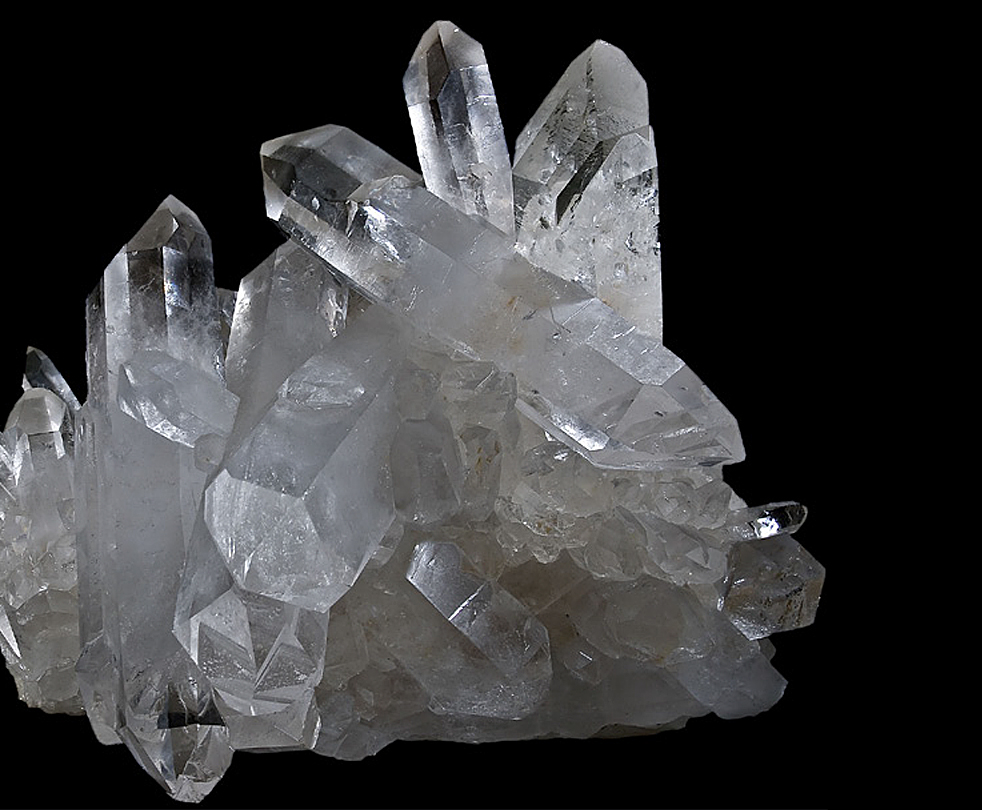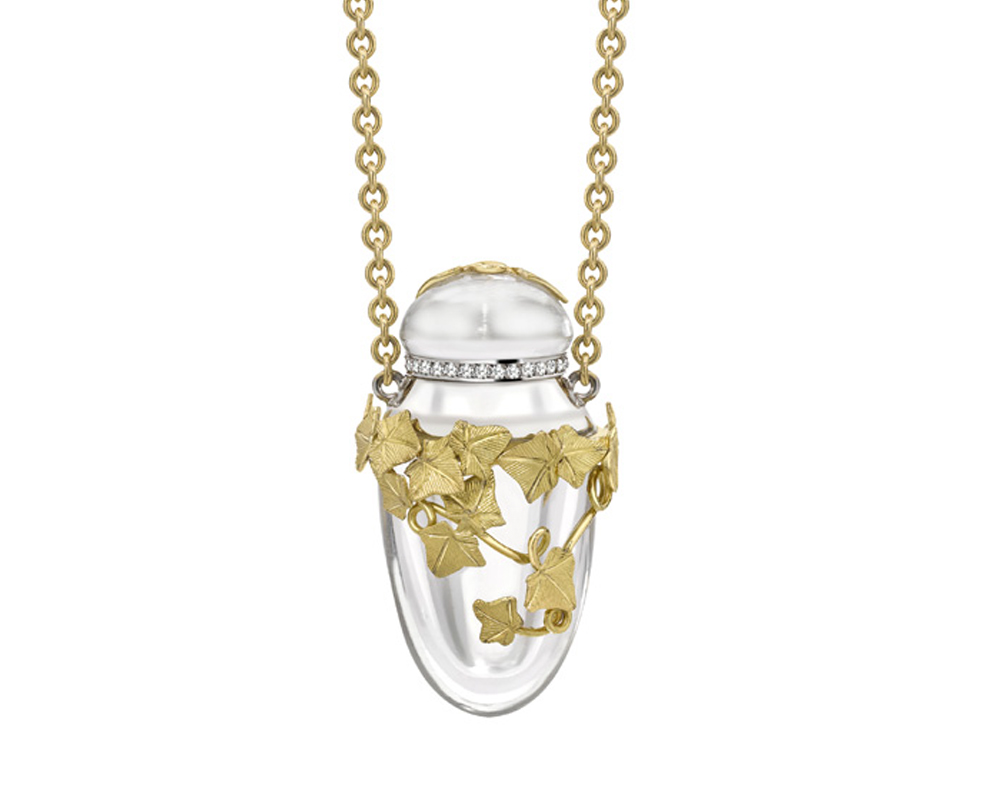dfgfdg
Turquoise has long been used for jewellery, being highly valued by ancient cultures including the Egyptians and South Americans. Typically it was carved into beads and cabochons but was also used for inlay work. It was believed to be a protective stone, guarding wearers from injury (highly recommended for the accident prone then!) and encouraging health and good fortune, whilst hunters would wear it to guarantee a successful hunt.
Throughout history the finest turquoise has been found in the mountainous region of North Eastern Iran near the city of Nishapur. Today however, much commercial mining is carried out in the South Western states of America including Nevada and Arizona where there are dozens of mines, the most famous being Sleeping Beauty.
Description: Turquoise is a vibrant green-blue opaque gemstone that is prized for its wonderful colour which is caused by copper. It is found in Iran, the South-West of America and China amongst other places.
Hardness: 5 – 6 on Mohs Scale
Birthstone: December
The chemical make up of tourmaline crystals is highly complex which allows for a huge range of colours, shades and hues to develop. Some are known by particular names, e.g. the deep pinkish-red stone Rubellite whilst others are referred to simply by colour, e.g. Green Tourmaline.
Some stones combine areas of different colours within the same gem, known as parti-coloured or bi-coloured stones, the most well known being the pale pink and green Watermelon Tourmaline.
Currently the hugely sort after and most highly prized variety is the electric neon blue Paraiba Tourmaline. Only discovered in the late 1980’s and named after the state in Brazil where they were originally found, clean stones of a good size and colour are rare and therefore extremely expensive. The intense colour of these stones is caused by copper and so gems of this variety, new deposits of which have very recently been found in Africa, are often referred to as Cuprian (meaning ‘copper bearing’) Tourmalines.
Description: The Tourmaline family of gemstones is notable for having a wider variety of colours than any other gem. It can be found in many places from Madagascar to California and Brazil to Afghanistan.
Hardness: 7 – 7.5 on Mohs Scale
Birthstone: October
Colourless topaz is very common and it is this material that is typically treated to make the well known blue colour that is widely seen in jewellery.
Most Topaz is known simply by its colour i.e. Pink Topaz, however Imperial Topaz which is a reddish-orange and is the most sought after and valuable colour was named in 19th Century Russia. At this time, the Ural Mountains were the primary source of these stones and they were named after the Russian Tzar and his family as a mark of honour and respect.
Topaz can cleave quite easily so care is needed when cutting, setting and wearing. Current primary sources for this lovely gem are Brazil and Madagascar.
Description: Topaz occurs in a wide range of colours including various shades of yellow, orange, blue colourless and pink. Found in Brazil.
Hardness: 8 on Mohs Scale
Birthstone: November
Tanzanite was first discovered relatively recently in 1967 when Masai tribesmen found a cluster of crystals in the Merelani Hills in north east Tanzania near Mount Kilimanjaro, an area that remains the only known location for this beautiful gem.
It is not one of the harder stones and has a tendency to brittleness so care needs to be taken, particularly when set as a ring but its beauty and rarity make it highly prized.
The best stones exhibit a strong blue colour with a violet tint and a bright lively appearance. They are strongly pleochroic which means they exhibit different colours in different directions through the crystals. An untreated stone will typically show blue, pinky-violet and yellow.
Most stones on the market today have been heated to turn them from brown to blue with the best colours being seen in larger stones where the colour is most intense and displayed to best effect.
Description: Tanzanite is the transparent purplish blue variety of the mineral Zoisite, it is found only in Tanzania (hence the name).
Hardness: 6.5 – 7 on Mohs Scale
Birthstone: December
The Skull is one of the most ancient symbols in all of jewellery and one that has been used by Theo since the seventies (can it be?!). The techniques, materials and brilliant craftsmen he has used over this time has redefined what can be done with this iconic symbol. Not just an icon of death but of sex & rebirth, of our dark sides.
This is the craftsman who actually sets the stones in to jewellery. Some of his vocabulary are:
Pavé – a style of setting whereby many small stones are all set close together in a seemingly random way to resembles a cobblestone pavement.
Rubover – a style of stone setting whereby metal completely surrounds the stone and is pushed, or rubbed, over the edge to hold it securely in place.
Facet – one of the flat polished faces of a gemstone.
Claws – the small prongs of metal that fold over a stone in a piece of jewellery to hold it in place.
Cabochon – a style of fashioning gems into a smooth polished dome.
Inclusions – These are internal features such as tiny crystals of other minerals caught up during the development of the larger host gem crystal. They can be used to identify gemstones, where they are from or whether the stone is natural or synthetic.
Silver comes into its own when used by silversmiths, some of whom have attained the reputation of great artists in their own right. It is still one of the great areas of traditional craftsmanship and artistry and London is, without doubt, its center of excellence. There are various types of silver-ware and techniques used to make it, amongst which, traditionally are:
Hollow-ware – Refers to silver that is hollow, so teapots and trophies, tankards and bowls.
Flat-ware – Mainly cutlery and serving tools.
Casting – The rendering of a model (often made in wax) into metal by pouring molten metal into a mould.
Spinning – Making a bowl shape by spinning a metal disc using a variation of the technique used by a potter.
Hand Raising – Beating sheet silver into a shape by using tools and human strength to manipulate the metal into the required form.
Repousse – Sometimes referred to as Chasing. Hammering the sheet metal from behind to produce a raised pattern or shape.
Chasing – As above but, more widely, a variation of engraving used to get a specific finish, say the coat of an animal, or image, Normally by cutting into the metal.
Planishing – Hitting the metal with a hammer to get a shape, and surface effect of mottled appearance.
Forging – As a blacksmith would do except with more subtlety in silver!
Stamping – Would be used to make a coin or anything that required the same, shallow image, repeated many times.
Piercing – Cutting out a pattern or hole from a piece of metal.
There are many more techniques, some arcane and others not often used.
Pure Silver has a brilliant white metallic lustre. Ductile and malleable, Silver has the highest electrical and thermal conductivity of all metals. Marginally harder than Gold, Silver is less expensive and is ideal for use in making jewellery, making tableware, objects and hollow-ware as well as Silver.
In some cultures it is given almost mythical status, for instance among the Navajo, and where it is readily available it has bred an entire art form, like Mexico and Peru. It is one of only three noble metals, along with Platinum and Gold, in general use.
Although Silver jewellery has become popular, in part because it costs so much less than gold, it is still seen as the younger brother of Gold.
Many stones can be engraved by cutting a pattern into the surface of the stone, cutting away stone to leave an image standing proud or cutting deep into the reverse of a cabochon stone to leave a 3D reverse image. Often engraving on stones will take the form of an heraldic design, a monogram or symbol but sometimes the technique will be more complicated; here are some examples.
Cameo – Is the process of cutting away at stones or shells that often have two colours sandwiched together to leave an image standing proud, in relief, of its surroundings.
Intaglio – Is essentially the reverse and is the process of deep engraving an image into a stone.
Essex Crystals – Are reverse Intaglios and are very skilfully engraved into the back of cabochon, or un-faceted, rounded stones, so that they give the impression of being inside the stone. These are often painted to give the illusion of an image floating in the stone, not unlike a glass paperweight in miniature.
Theo’s incredibly popular Spangle collection features Sapphires, Rubies and Blue Diamonds. Make an elegant and understated highlighted with the Spangle collection. A simple, stylish collection of Gold rings bands lightly dusted with Diamonds. Spangle is ‘neat but not gaudy’ as the poets would say; and so do we.
Slinky, figure-hugging strands that cling to the body like no other diamond jewellery. The trick is in the design and the movement between each link. Draped around necks and wrists, down backs and cleavages, it’s like having a second skin.
Tantalising. This exquisite Diamond Suite is a masterpiece of classic design; simple and beautifully hand-crafted. The effortless movement and fluidity of both pieces are testament to the brilliant craftsmen who have created them, and their unrivalled skills.
Historically, Spinels were frequently misidentified as rubies, one of the best known examples of this can be seen in the Crown Jewels where the ‘Black Prince’s Ruby’ is actually a Spinel. It weighs about 170 carats and is set above the Cullinan II diamond in the Imperial State Crown. It is one of the oldest of the Crown Jewels, having been acquired in 1367, by the Prince of Wales – Edward of Woodstock (who came to be known as The Black Prince) as payment for a battle victory abroad.
Spinels are known to exhibit an array of unusual optical effects, including ‘asterism’ – whereby three intersecting bands of light reflection form a star shaped pattern on the stone, ‘chatoyancy’ or ‘cat’s-eye’ which is one single band of light reflection bisecting the stone, (both of these require the stone to be cut as a cabochon in order to see the effect) as well as a ‘colour change’ effect where some stones will appear different colours or shades of the same colour when viewed in differing light conditions.
Amongst the most important current commercial sources are Burma, Tanzania and Vietnam and some of the rarer colours are extremely rare and expensive.
Description: Spinel occurs in a range of colours, from various shades of blue through purples and pinks to hot vivid reds, they can be found in Tanzania and Burma amongst other places.
Hardness: 8 on Mohs Scale
We use a variety of colours of Sapphire, including pink, yellow, green and purple along with the most popular and best known colour – blue. The most highly valued blue stones have a rich velvety colour coupled with a bright lively appearance and few inclusions. Traditionally the best stones were believed to come from Kashmir and these still command the highest prices today along with those from Burma. Other commercial sources include Sri Lanka, Thailand and Australia.
A particularly rare type of Sapphire is a beautiful blush pinkish-orange colour referred to as Padparadscha which means ‘Lotus blossom’ in Sinhalese. Second in hardness only to Diamond, Sapphires (like Rubies) are a good choice for jewellery that will be worn every day such as engagement rings. Also like rubies, they are available in a huge range of prices so there are stones to suit every pocket.
They were associated with the virtues of truth, sincerity and faithfulness and were credited with the ability to protect wearers from fraud, treachery, poison and plague – how can any of us manage without one?!
Description: Sapphires belong to the Corundum family and occur in all colours of the rainbow except for red, because the red variety is Ruby. They can be found in Sri Lanka, Burma and Thailand amongst other places.
Hardness: 9 on Mohs Scale
Birthstone: September
We use a variety of colours of Sapphire, including pink, yellow, green and purple along with the most popular and best known colour – blue. The most highly valued blue stones have a rich velvety colour coupled with a bright lively appearance and few inclusions. Traditionally the best stones were believed to come from Kashmir and these still command the highest prices today along with those from Burma. Other commercial sources include Sri Lanka, Thailand and Australia.
A particularly rare type of Sapphire is a beautiful blush pinkish-orange colour referred to as Padparadscha which means ‘Lotus blossom’ in Sinhalese. Second in hardness only to Diamond, Sapphires (like Rubies) are a good choice for jewellery that will be worn every day such as engagement rings. Also like rubies, they are available in a huge range of prices so there are stones to suit every pocket.
They were associated with the virtues of truth, sincerity and faithfulness and were credited with the ability to protect wearers from fraud, treachery, poison and plague – how can any of us manage without one?!
We use a variety of colours of Sapphire, including pink, yellow, green and purple along with the most popular and best known colour – blue. The most highly valued blue stones have a rich velvety colour coupled with a bright lively appearance and few inclusions.
Traditionally the best stones were believed to come from Kashmir and these still command the highest prices today along with those from Burma. Other sources include Sri Lanka, Thailand and Australia.
A particularly rare type of Sapphire is a beautiful blush pinkish-orange colour referred to as Padparadscha which means ‘Lotus blossom’ in Sinhalese. Second in hardness only to Diamond, Sapphires (like Rubies) are a good choice for jewellery that will be worn every day such as engagement rings. Also like rubies, they are available in a huge range of prices so there are stones to suit every pocket.
They were associated with the virtues of truth, sincerity and faithfulness and were credited with the ability to protect wearers from fraud, treachery, poison and plague – how can any of us manage without one?!
Description: Sapphires belong to the Corundum family and occur in all colours of the rainbow except for red, because the red variety is Ruby. They can be found in Sri Lanka, Burma and Thailand amongst other places.
Hardness: 9 on Mohs Scale
Birthstone: September
Theo Fennell’s exquisite Reveal rings are typically elegant and beautiful. The Diamond rings are set in a unique and subtle way, allowing light to shine through each and every facet of the stones, creating the maximum sparkle from such a delicate piece.
The Reveal Diamonds are available in a variety of different carat weights and cuts including princess, brilliant, oval, emerald, pear and heart shaped. As well as the simple solitaire settings, duo and trio Reveal rings are notably impressive, though nonetheless elegant and subtle.
Rubellite is a name given to members of the tourmaline family that have a really distinctive red or bright pink colour. There are many Tourmalines in the red and violet spectrum but only the most resonant in colour can be called Rubellite.
Even the best stones often have inclusions but, so long as they don’t cloud the stone, they are normally tolerated, even by aficionados, but the cleaner the better. The best come from Brazil, Nigeria, Mozambique, Madagascar and Pakistan but some fabulous stones come from the USA also. These are beautiful stones in their own right and should not be thought of as too much the poor relation of Rubies and Spinels.
Description: Rubellite is a bright red or pink member of the Tourmaline family and one of its most exclusive and expensive members.
Hardness: 7 – 7.5 on Mohs Scale
Birthstone: Scorpio and Sagittarius
Ruby can range from brownish-red through pinkish-red to the ideal bright, deep red of the most valuable and sought after stones. The colour is caused by the presence of chromium. The higher the concentration the truer the red. Chromium can also cause fluorescence which contributes to the ‘glowing hot coal’ appearance of some rubies.
The finest quality stones traditionally came from Burma, the colour of which is often referred to as ‘Pigeon Blood’ but other important sources include Vietnam, Thailand and more recently Tanzania and Mozambique where Gemfields are mining some particularly fine stones.
Rubies have been prized for thousands of years across many cultures, they are mentioned several times in the Bible – the quote “The price of wisdom is above rubies” being familiar to most – by Pliny in his Natural History and were referred to as “the king of precious stones” in the ancient Sanskrit language.
Ruby is the anniversary stone for 40 years of marriage, by which time they are well deserved! They are available in a wide spectrum of prices meaning we are able to source stones suitable for a range of projects.
Description: Ruby is the red variety of the Corundum family, all other colours being Sapphires, some of the most beautiful stones come from Burma.
Hardness: 9 on Mohs Scale
Birthstone: July
Rock crystal has been used in jewellery for thousands of years, some of the earliest beads and amulets are made of this gem material. It was easy enough to carve and polish but hard enough to withstand wear. It can sometimes contain attractive inclusions such as fine needles of golden rutile which is referred to as ‘angel hair’ quartz. It is found all over the world but some of the most important mining areas include Brazil, China and the USA.
We use it to make our rather brilliant Lightbulb collection where its high transparency allows the light to reflect off the gold behind the rock crystal creating a truly luminous effect.
Description: Rock Crystal is the colourless, transparent variety of Quartz which is one of the most abundant minerals on earth. It can occur in huge crystals
Hardness: 7 on Mohs Scale
Introducing Palmier… masterfully handmade by our talented team of craftsmen in our Fulham Road Workshop. Intricately woven from a continuous 18ct Yellow Gold flat ribbon wire, this is the finest example of the chain maker’s ancient art. The chain moves with an incredible fluidity, perfectly mimicking the lithe, slithering body of a serpent, whose head “bites” the other end of the chain, so that it can be worn at any length.








